 Posted Apr 18, 2012, 2:02 AM
Posted Apr 18, 2012, 2:02 AM
|
|
Registered User
|
|
Join Date: Sep 2005
Posts: 566
|
|
|
The best of Long Island: Part 14: The Five Towns
The five towns area of Long Island is composed of Hewlett, Cedarhurst, Woodmere, Lawrence and Inwood. These communities sit along the south shore of Nassau County and in close proximity to Far Rockaway and communities in Queens. The area was settled in the early 17th century and is considered one the oldest settled regions of Long Island. The Five Towns during this time was mostly desolate cow pastures, small farms, grazing land and road side inns.
The first of the major land owners in the region was the Hewlett family who had settled in the area of the Five Towns where the community named after them today sits. Over the years farmers and those who worked on the land built small communities within Hewlett from the Bay on up into the coastal plains. Hewlett became home to prestigious schools and a real estate company began marketing “Sunbury homes”, hotels followed and Hewlett became a resort destination which drew in crowds from Brooklyn and New York City who could afford to travel there. Throughout the 19th century, yacht clubs were organized and casinos were built. Year long residents began building large estates near the harbor and as rail was built through Hewlett it brought in a middle class that built more modest homes north of the harbor area. In the 20th century notorious mobster, Arnold Rothstein mixed business with organized crime as he ran a few of the areas casinos finding that the wealthier classes were better at losing their money than the hardened gamblers in New York where the mobster was based out of. The casinos, like Rothstein were faded out after the depression and the area rolled back to its earlier, quiet, small town ambiance. The population grew during the mid 20th century and began taking on large populations of Jewish people from every sect, today they are the largest group in Hewlett and dominate everything within the community.
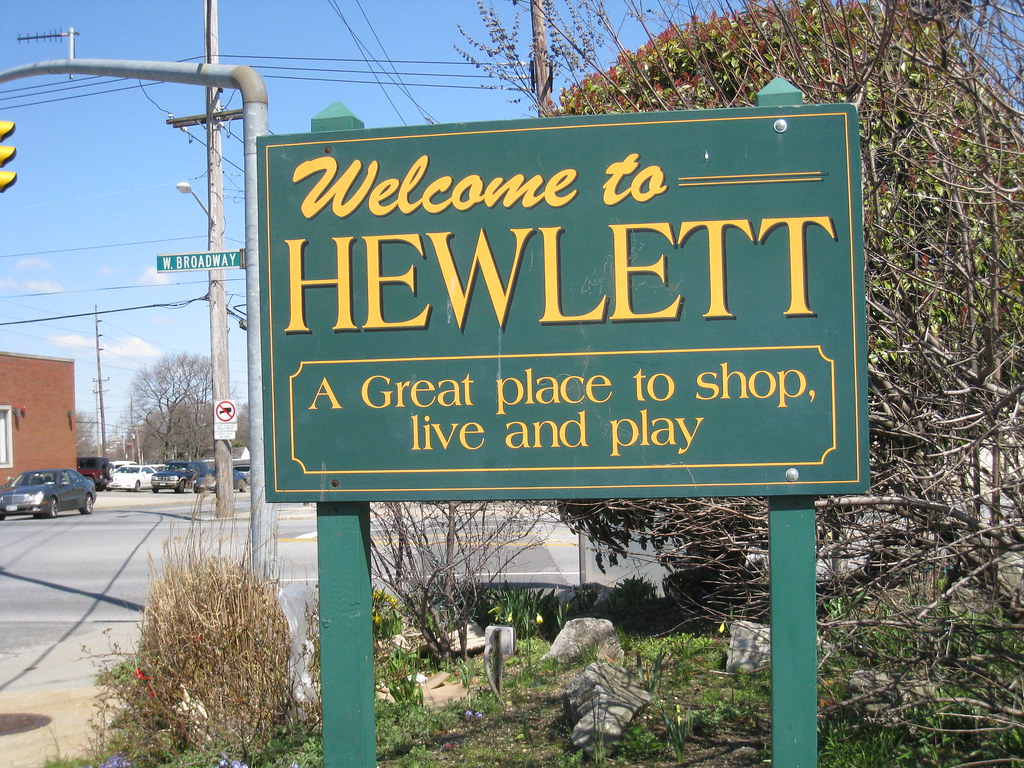
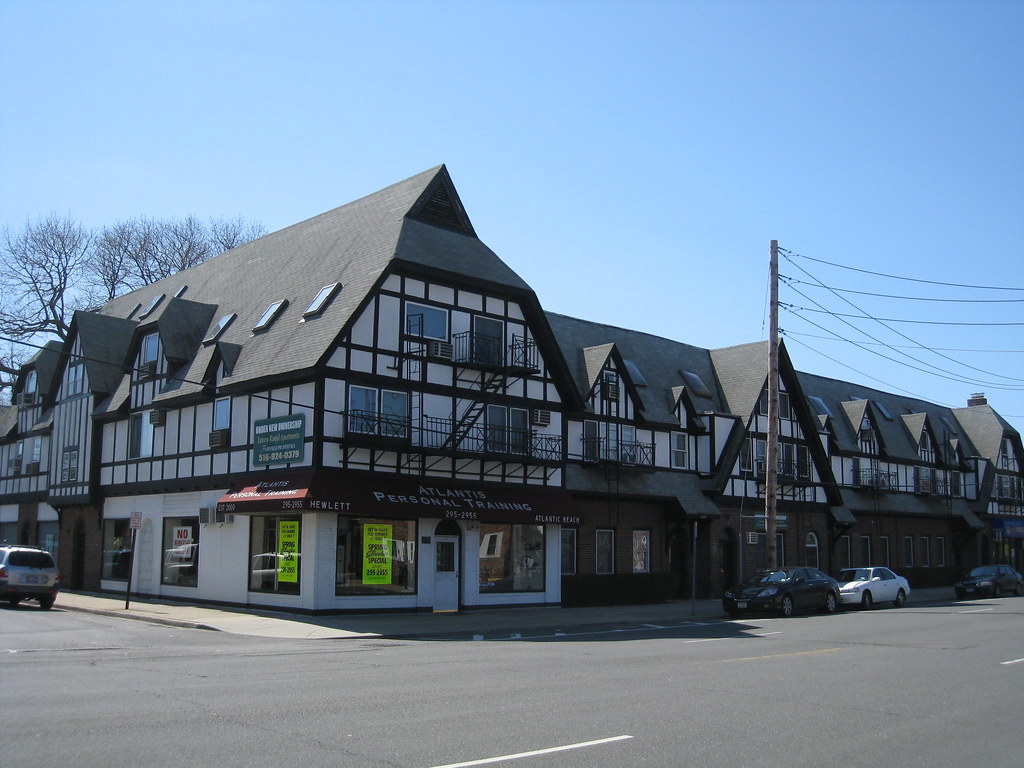
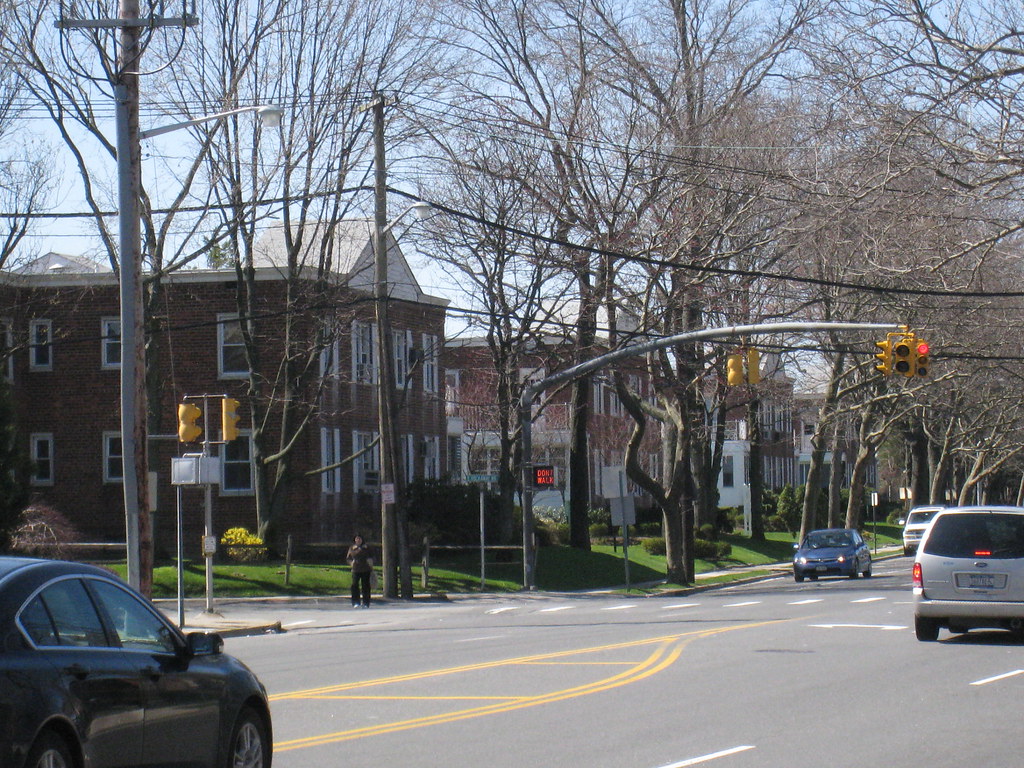


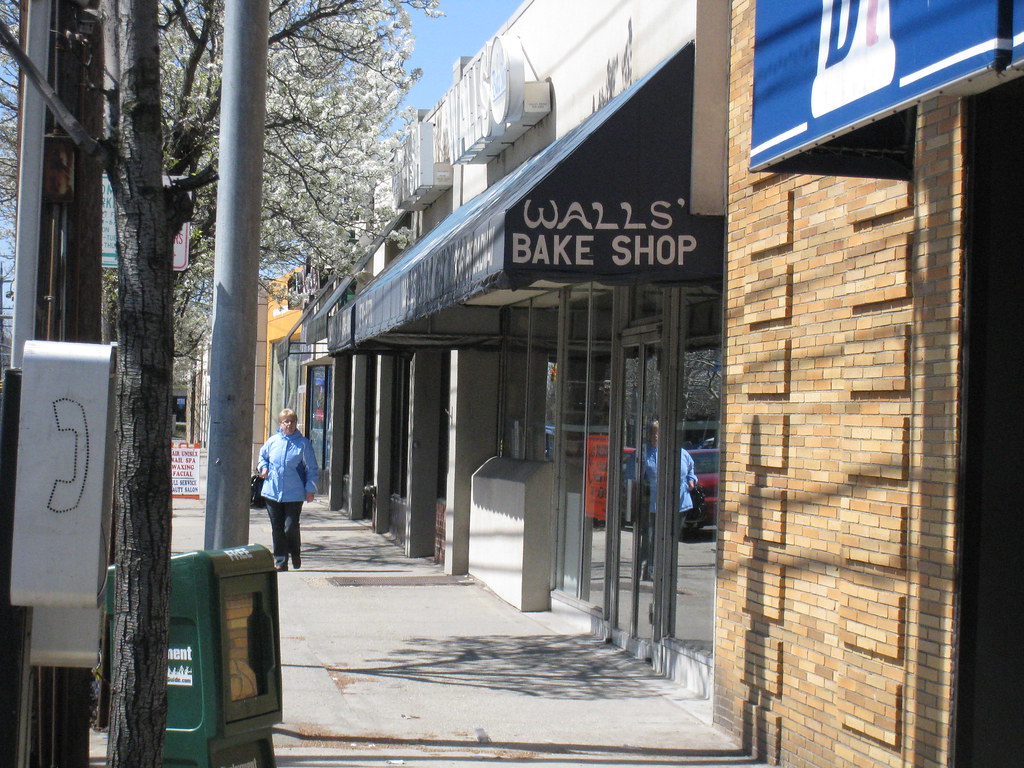

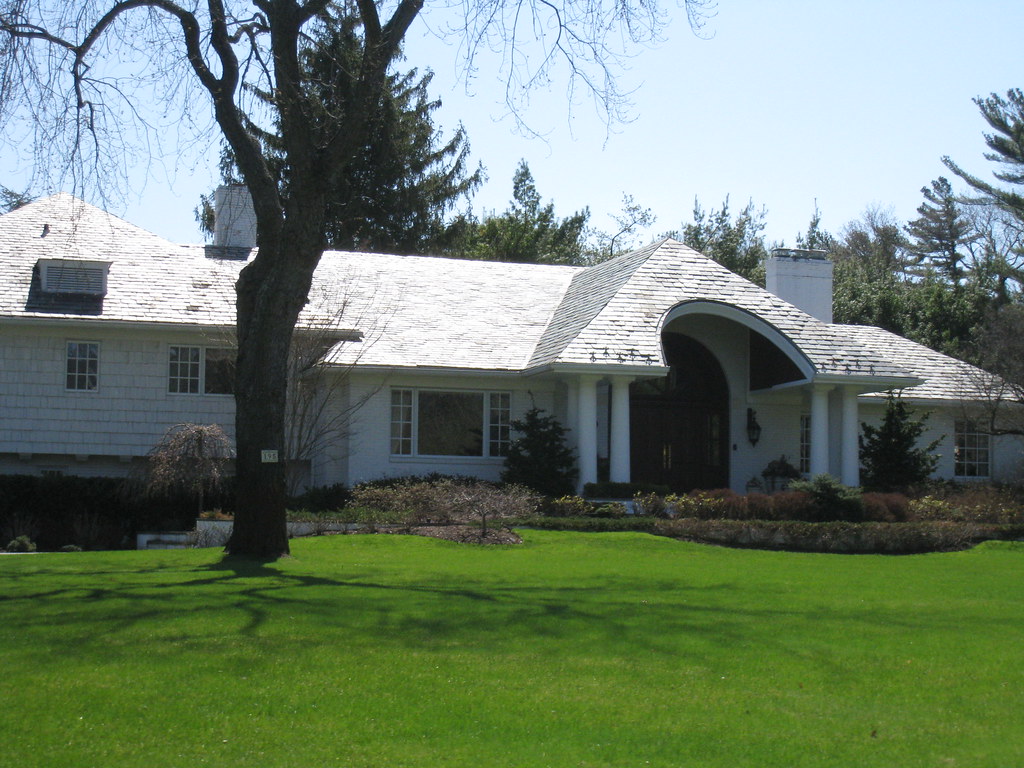
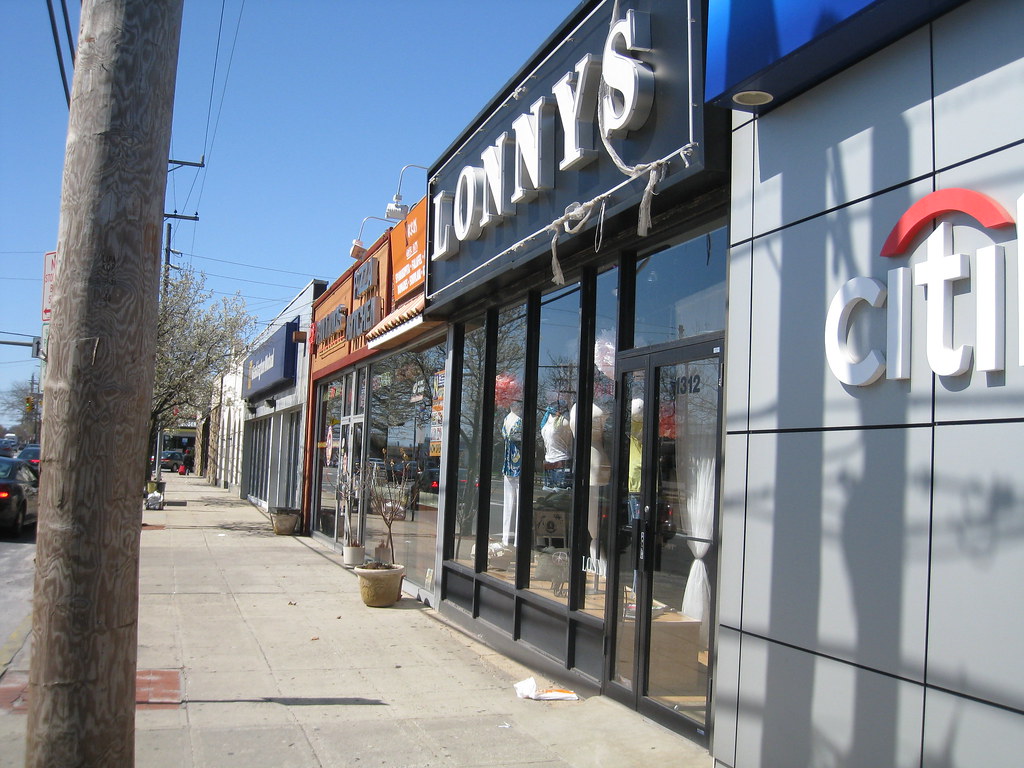
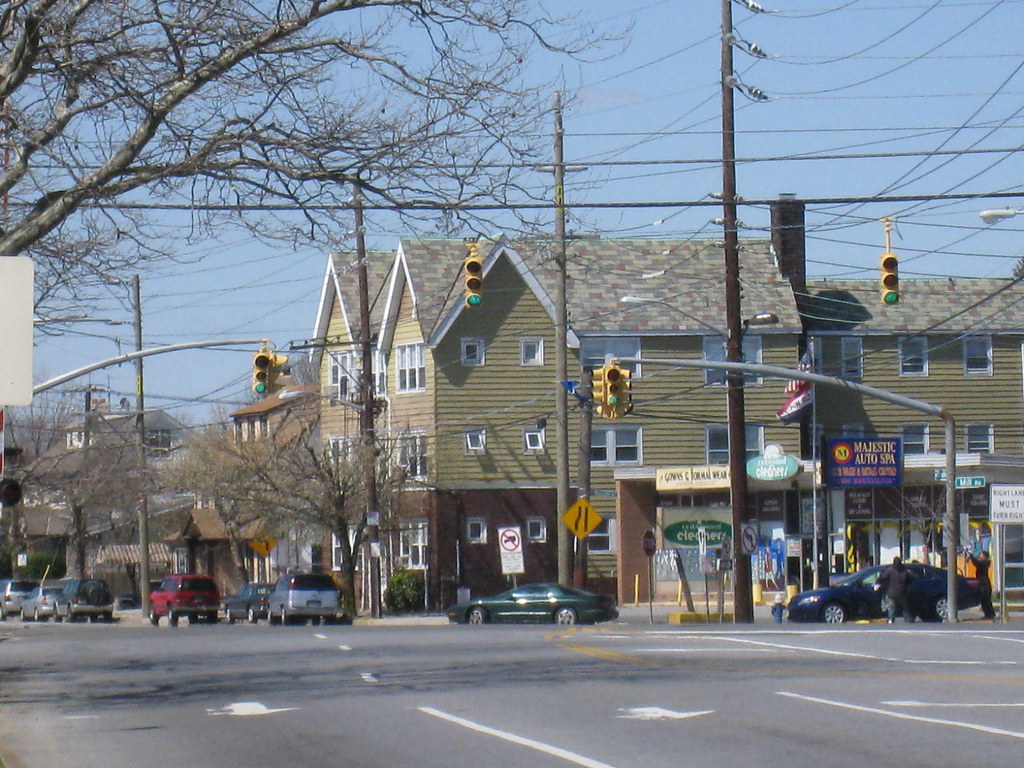
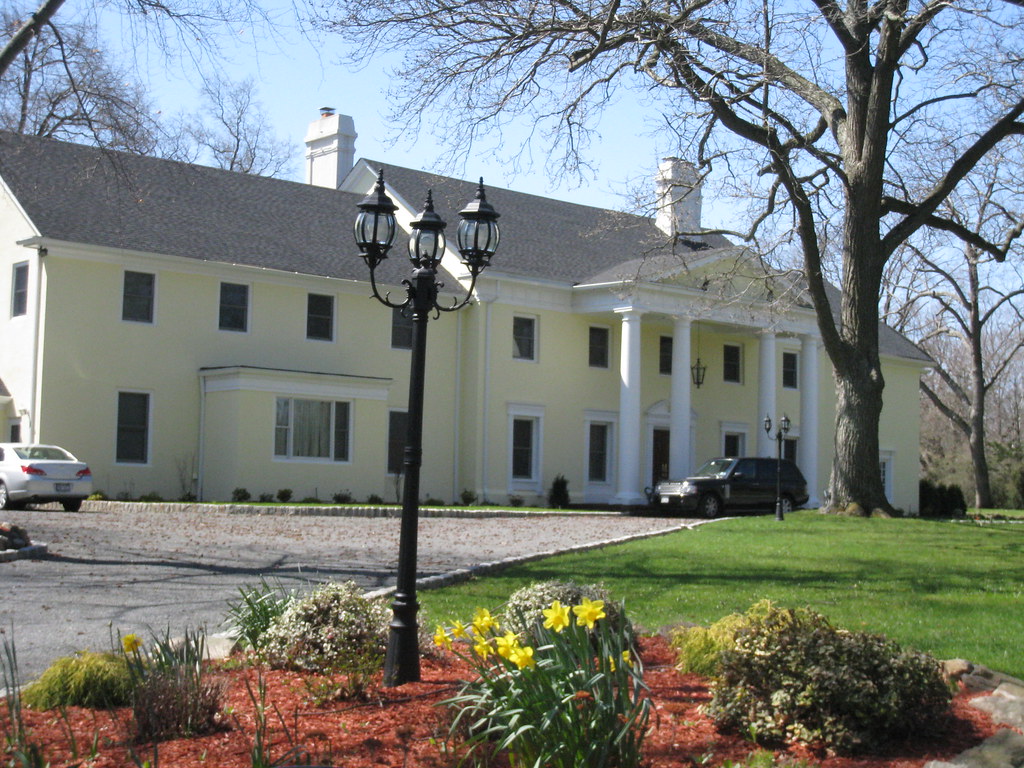
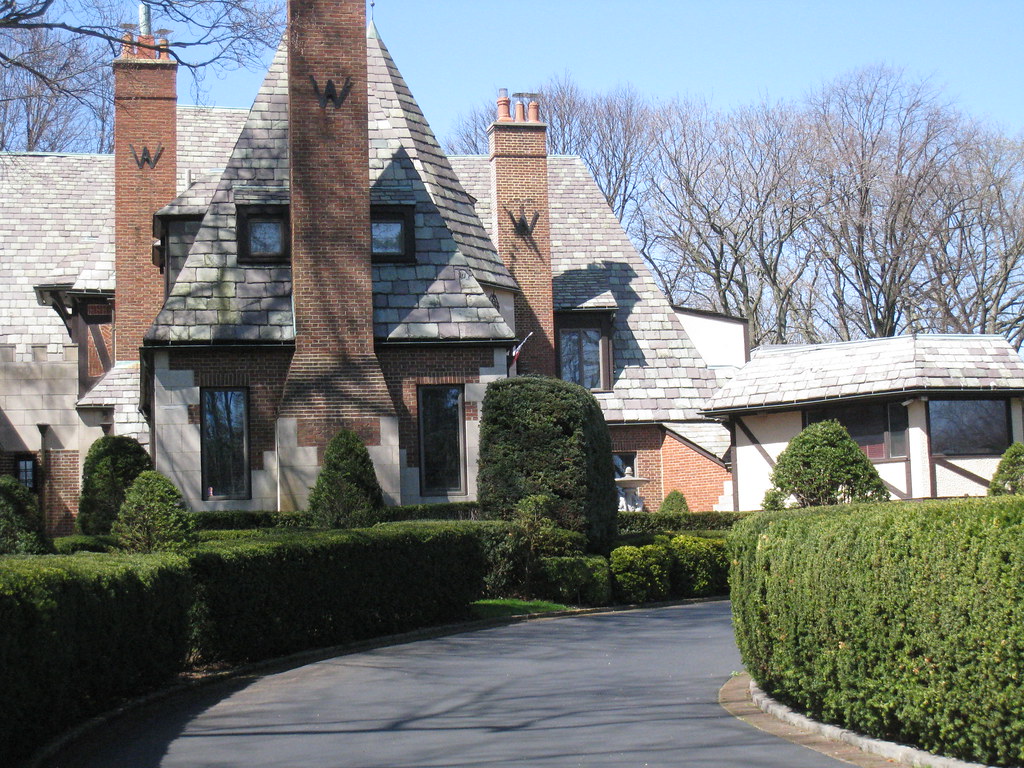

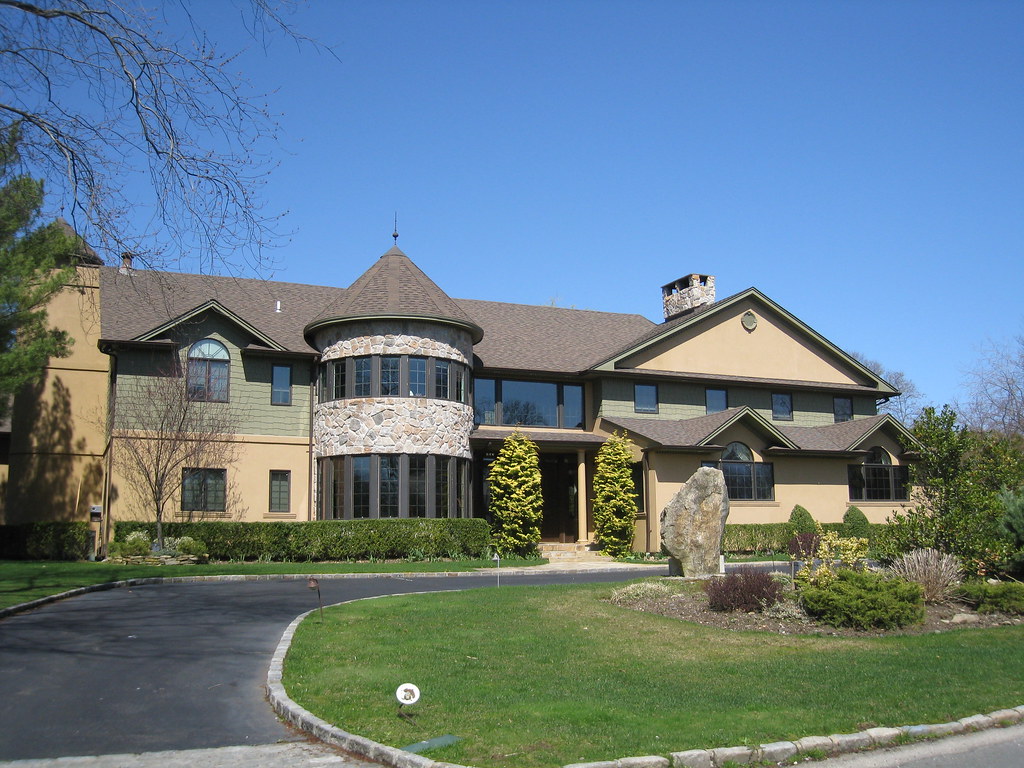

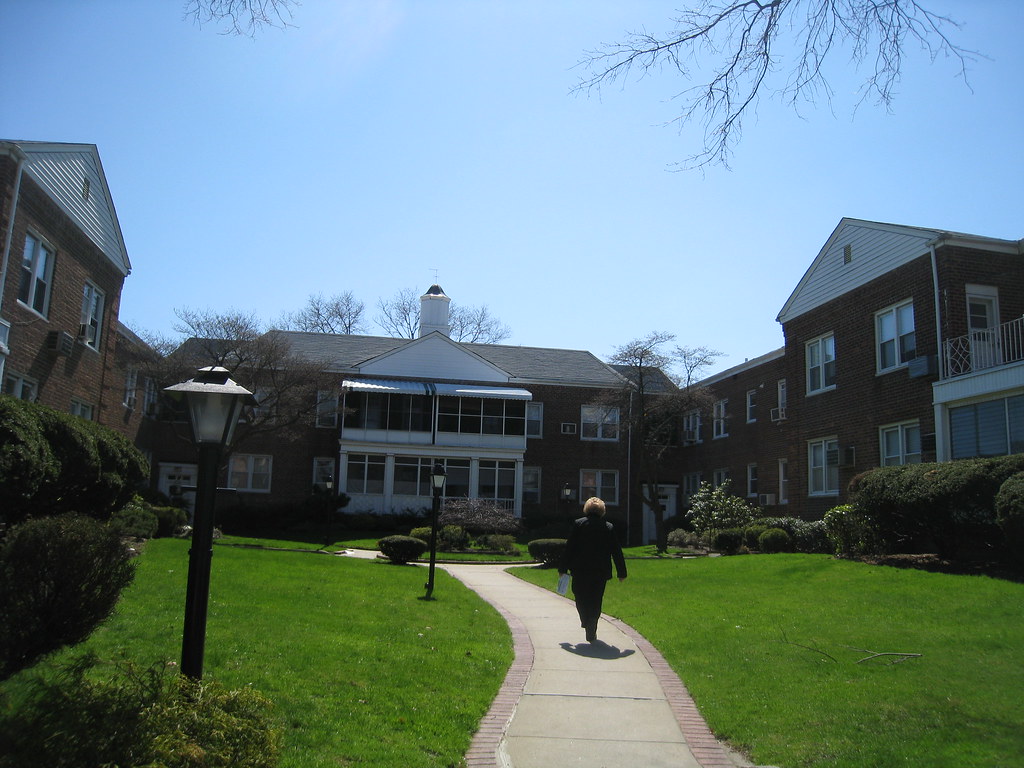 During the early 1800’s the community of Woodsburgh was established by Samuel Wood who purchased land in the hopes to turn it into a stylish resort community. Hotels and vacation cottages were built up before the land was sold to Manhattan entrepreneur, Robert Burton later on in the 19th century. Burton did not share the same aspirations as Wood had and was quite taken by the distant community of Garden City to the north, near Hempstead. He envisioned a suburb based on picturesque Garden City complete with large single family homes, clubs, post offices and elegant shops. Burton’s suburb was a success and attracted the savvy business classes of New York City who packed the neighborhood, then, served by rail during the late 19th century. The name was changed in 1890 to Woodmere to counter the confusion with another Long Island town called Woodbury. The community grew very popular as the five towns progressed during the early 20th century. Jewish families from New York City flocked to Woodmere long before white flight and began making a name for themselves in the five towns creating establishments along Broadway and West Broadway. Large apartment buildings were built up during the depression near the rail station to accommodate the continuous growth of the neighborhood. Throughout the rest of the 20th century Woodmere grew popular with New York City’s Jews and Jews who had fled Europe during the war. Today it is home to an extremely large modern orthodox Jewish community.
During the early 1800’s the community of Woodsburgh was established by Samuel Wood who purchased land in the hopes to turn it into a stylish resort community. Hotels and vacation cottages were built up before the land was sold to Manhattan entrepreneur, Robert Burton later on in the 19th century. Burton did not share the same aspirations as Wood had and was quite taken by the distant community of Garden City to the north, near Hempstead. He envisioned a suburb based on picturesque Garden City complete with large single family homes, clubs, post offices and elegant shops. Burton’s suburb was a success and attracted the savvy business classes of New York City who packed the neighborhood, then, served by rail during the late 19th century. The name was changed in 1890 to Woodmere to counter the confusion with another Long Island town called Woodbury. The community grew very popular as the five towns progressed during the early 20th century. Jewish families from New York City flocked to Woodmere long before white flight and began making a name for themselves in the five towns creating establishments along Broadway and West Broadway. Large apartment buildings were built up during the depression near the rail station to accommodate the continuous growth of the neighborhood. Throughout the rest of the 20th century Woodmere grew popular with New York City’s Jews and Jews who had fled Europe during the war. Today it is home to an extremely large modern orthodox Jewish community.
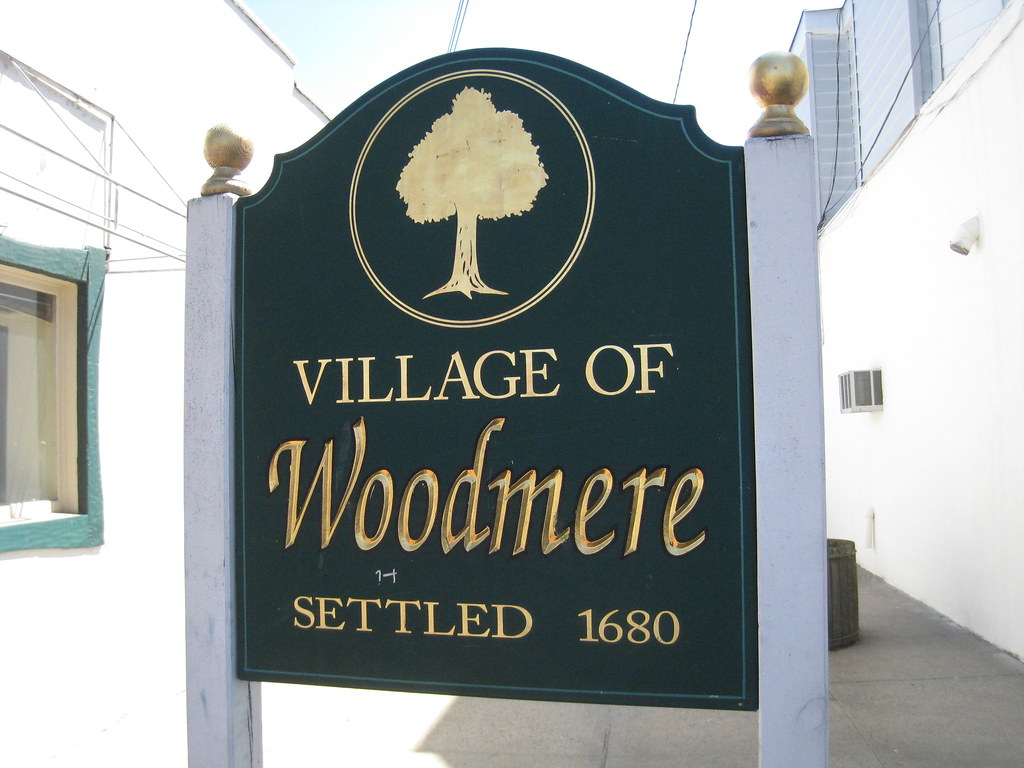

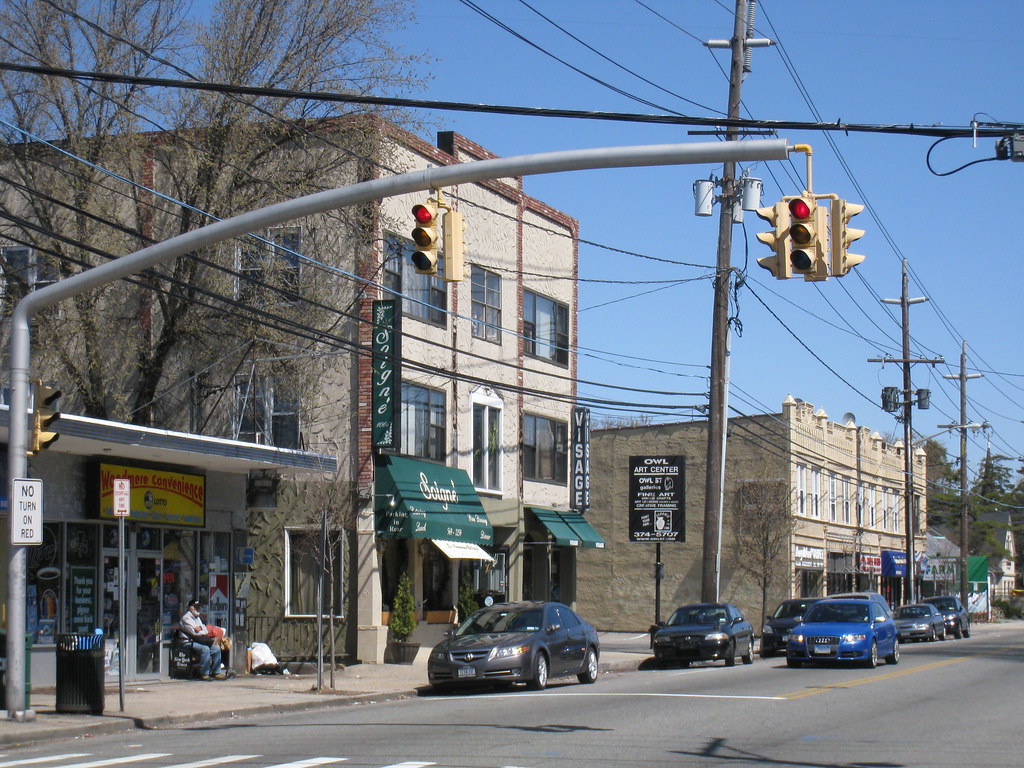

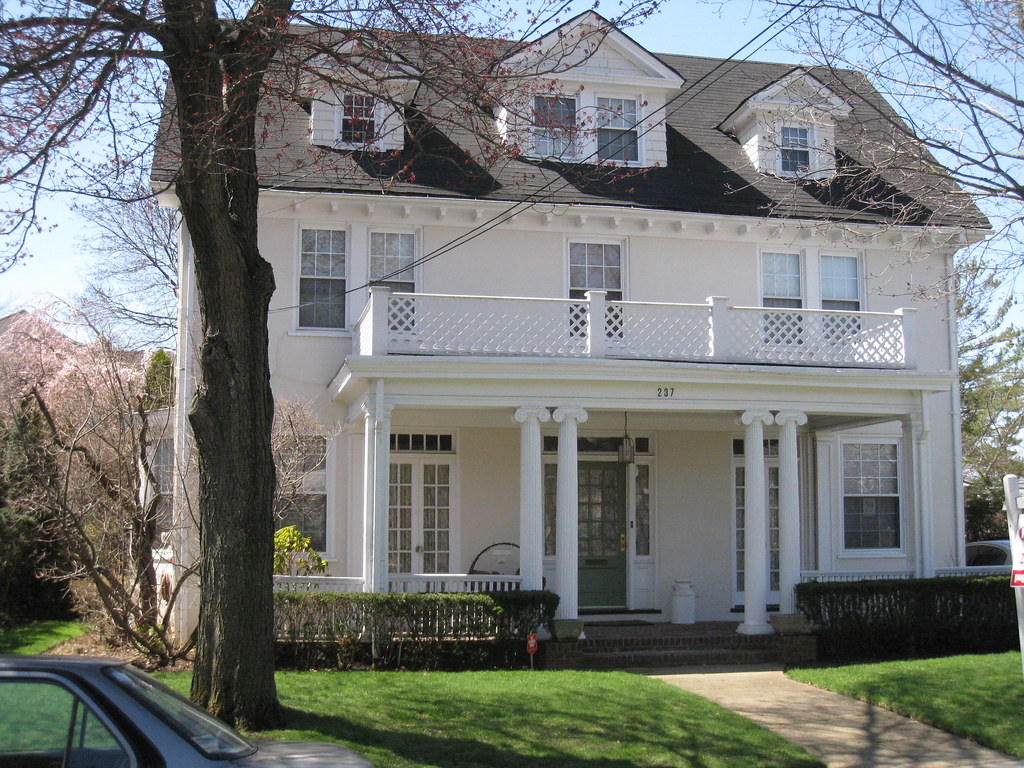

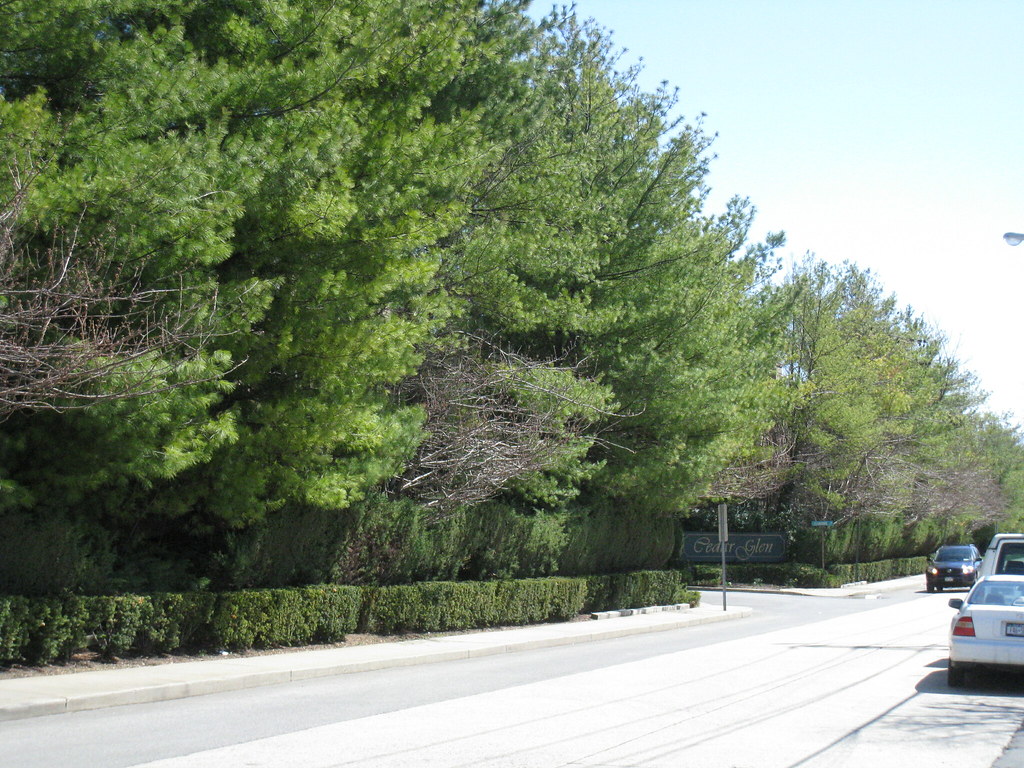
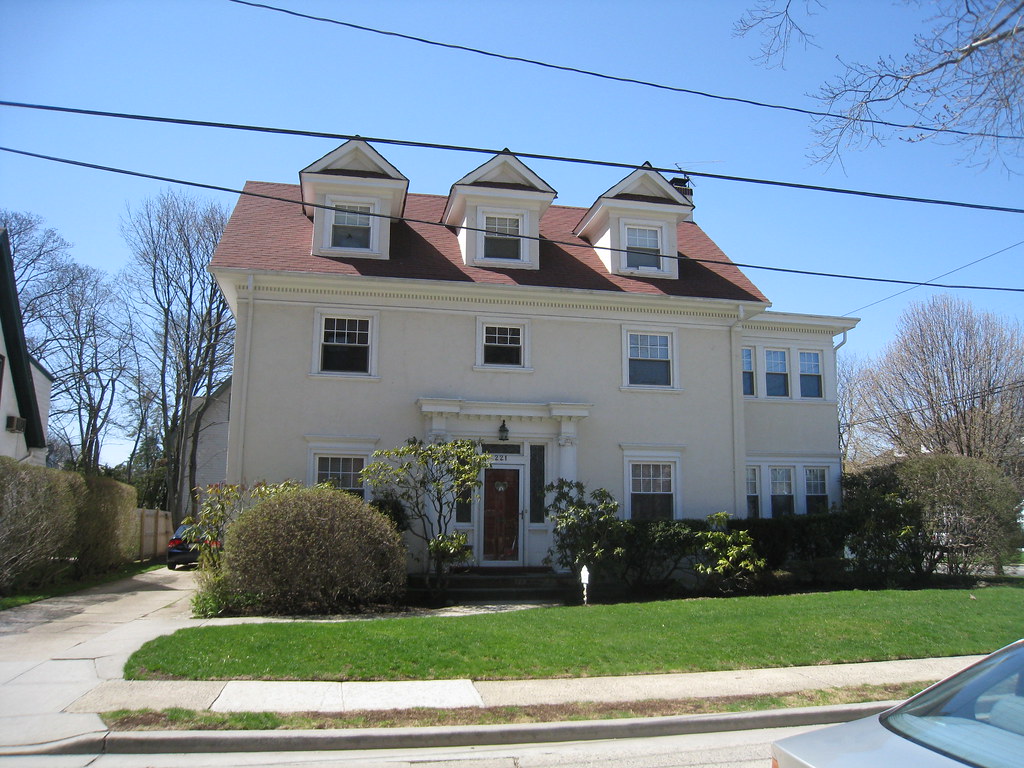

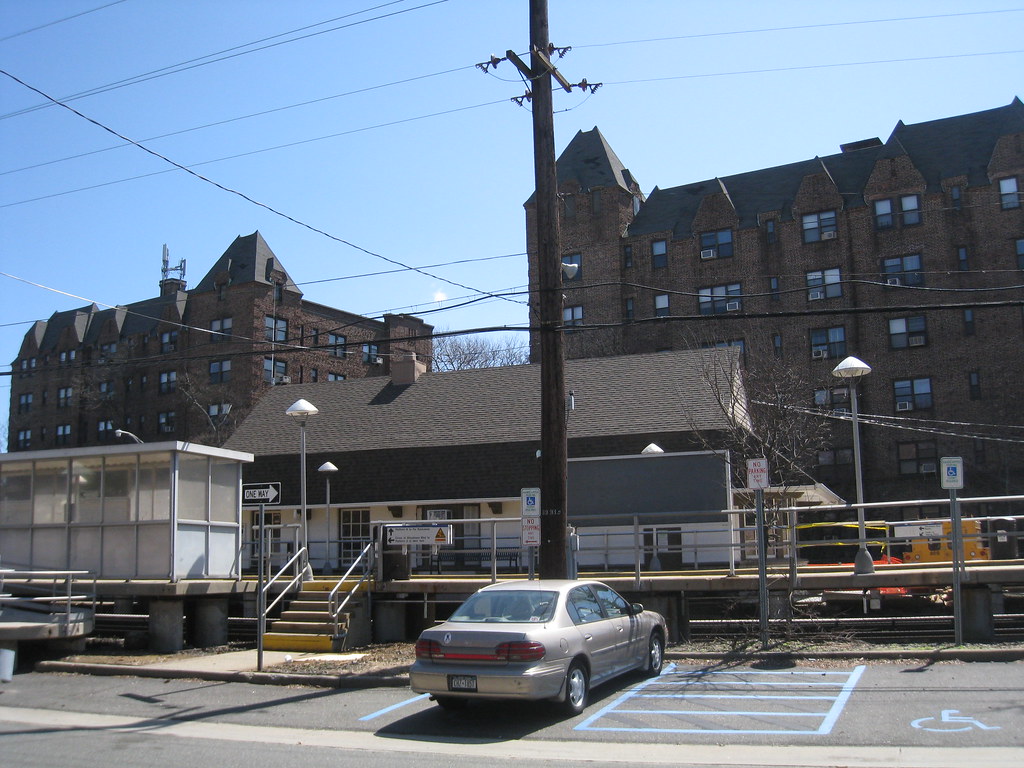
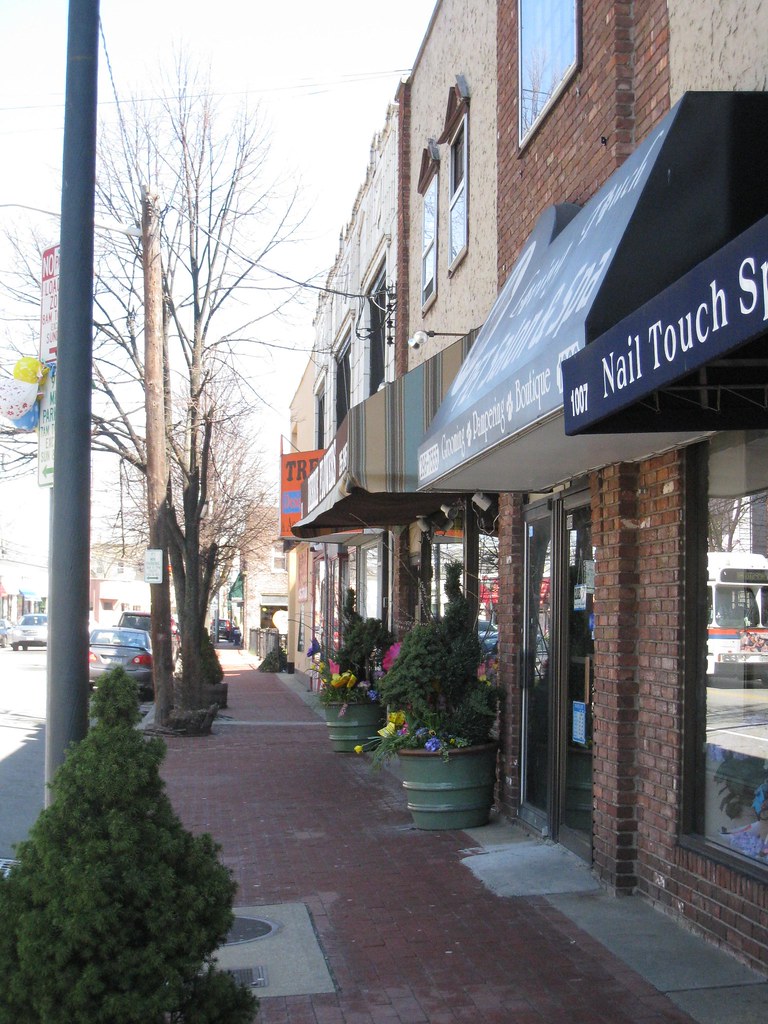
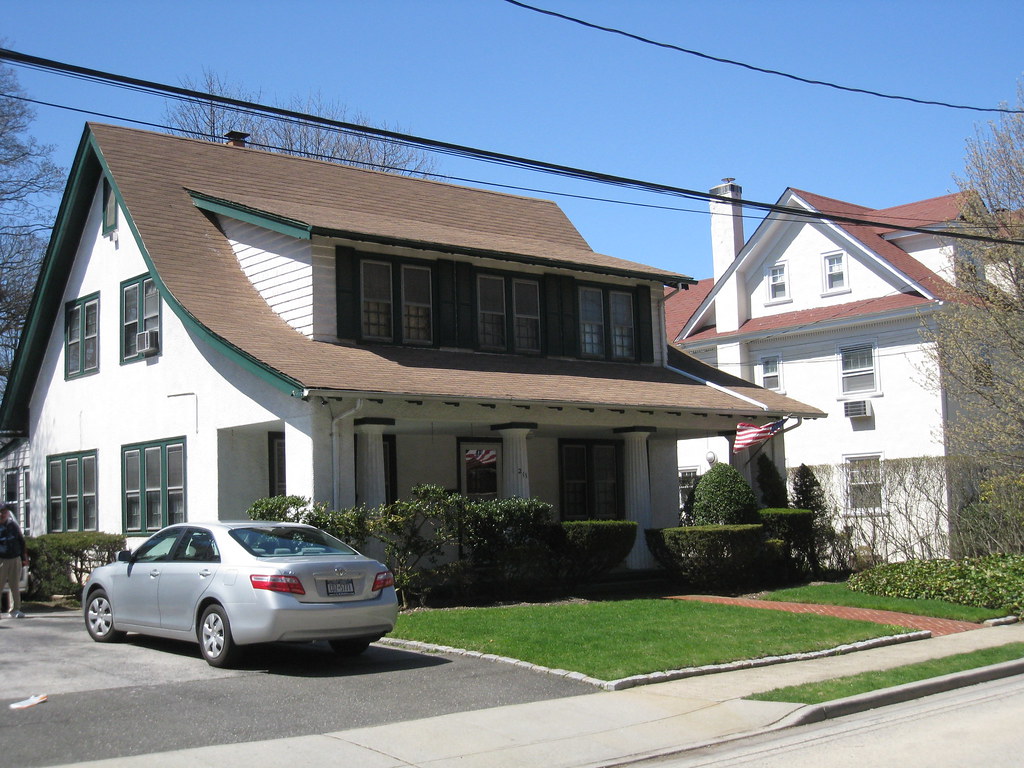

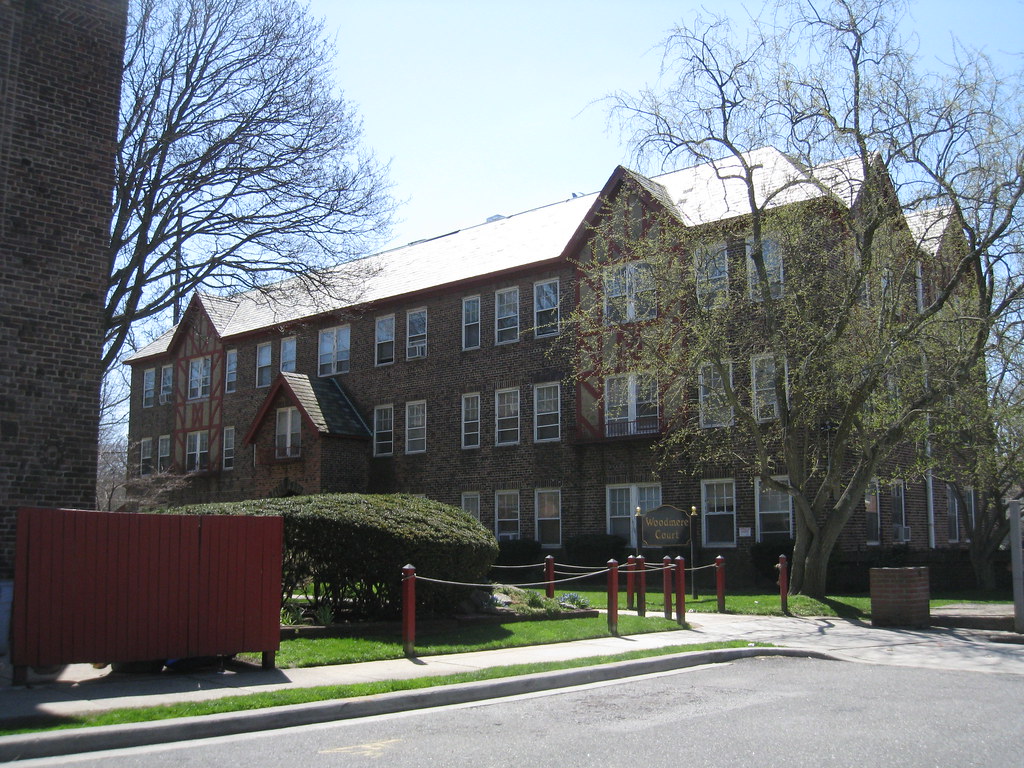
 During the late 17th century the Lawrence brothers established their community which bares the same name as the family along the shores of the Five Towns. Hundreds of mansions spanned the landscape and Lawrence was home to an Upper Class farming community. It remained this way for hundreds of years before transforming into a beach resort community. The town built up north of the beaches, golf course and large scale estates and drew in upper middle classes from the city looking for peace and quiet. Major racial restrictions denied other groups from moving to the area until the 1940’s when heaps of New York City Jews began moving into Lawrence. Today they remain the largest group in the town.
During the late 17th century the Lawrence brothers established their community which bares the same name as the family along the shores of the Five Towns. Hundreds of mansions spanned the landscape and Lawrence was home to an Upper Class farming community. It remained this way for hundreds of years before transforming into a beach resort community. The town built up north of the beaches, golf course and large scale estates and drew in upper middle classes from the city looking for peace and quiet. Major racial restrictions denied other groups from moving to the area until the 1940’s when heaps of New York City Jews began moving into Lawrence. Today they remain the largest group in the town.

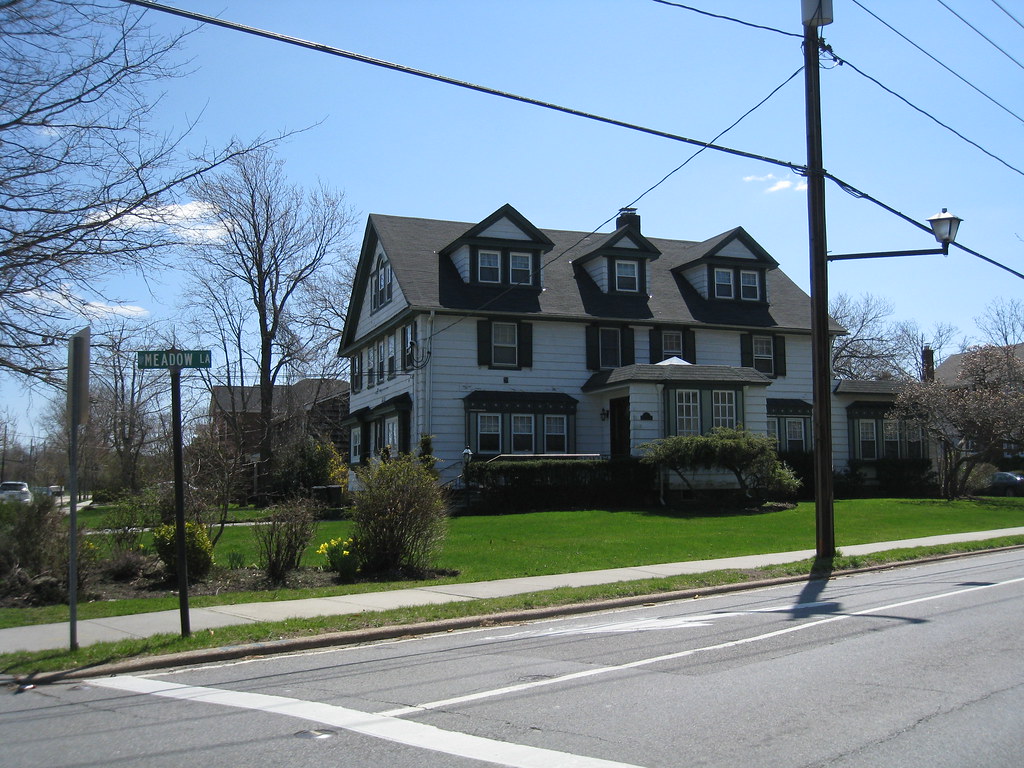
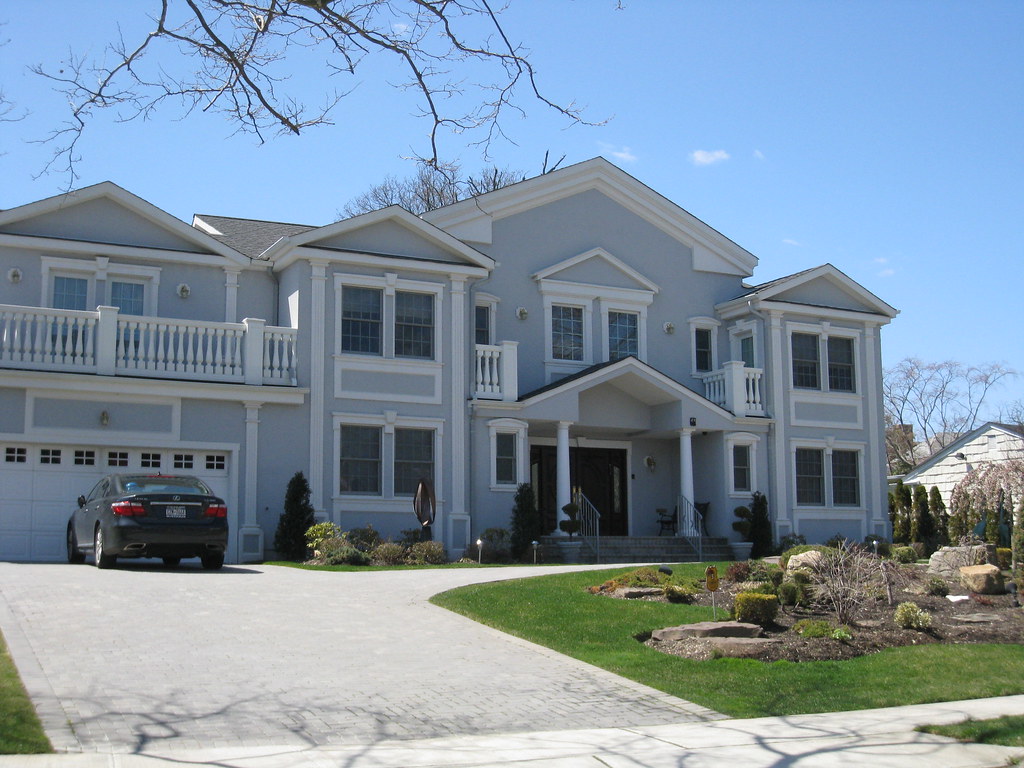
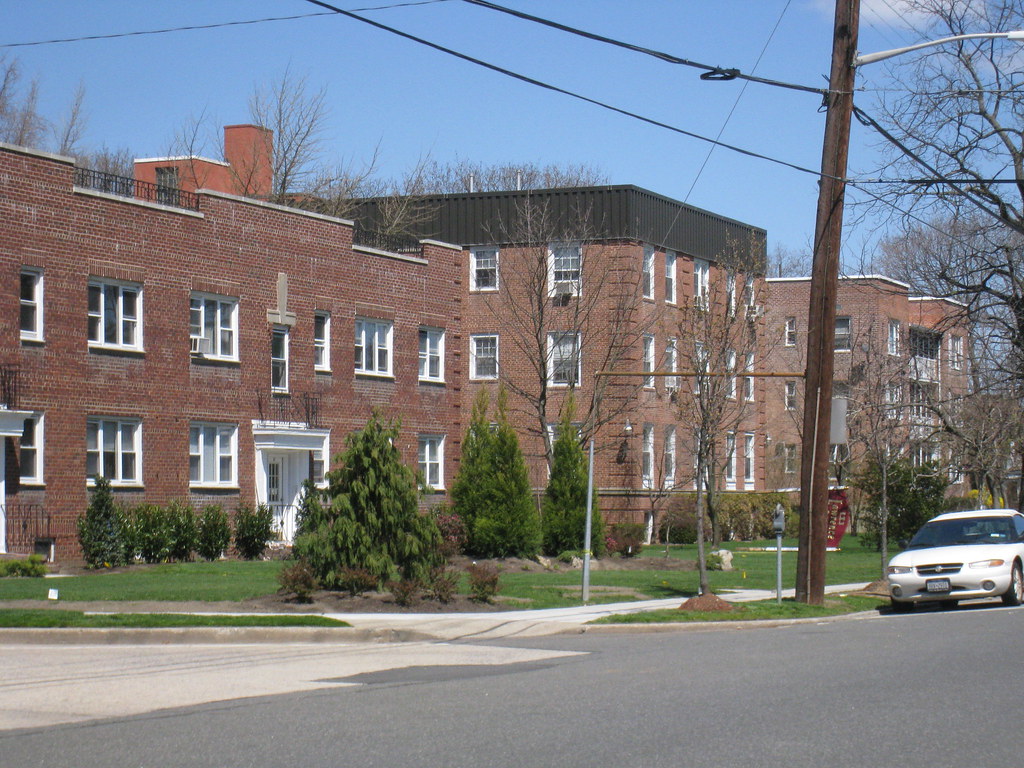
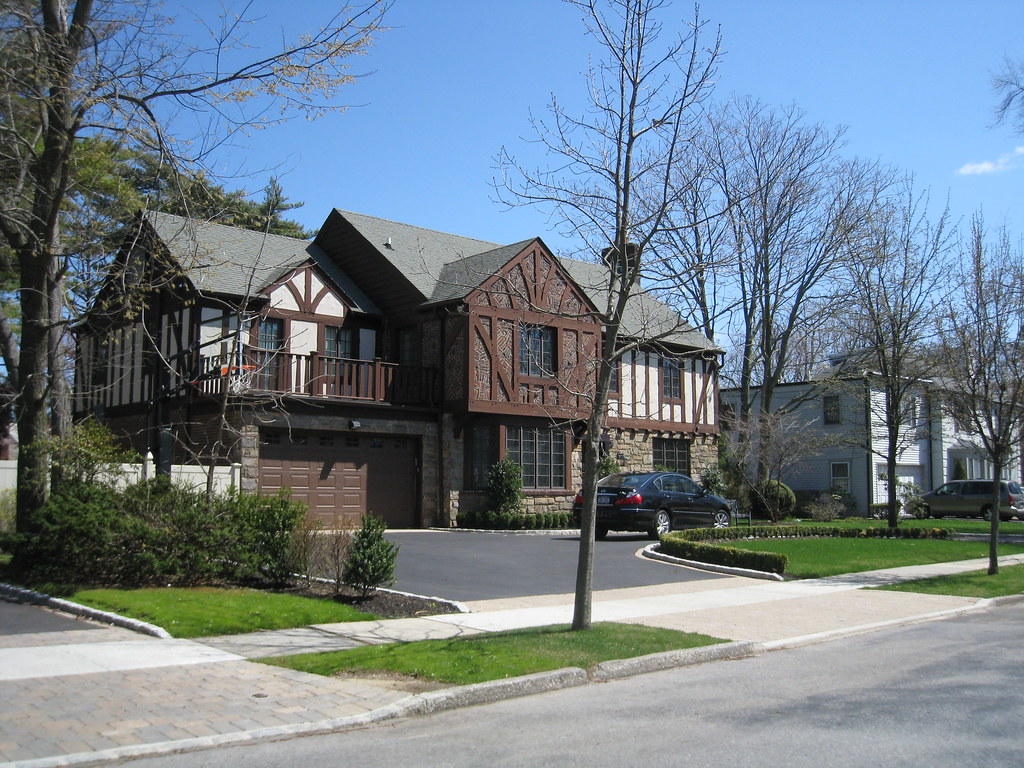

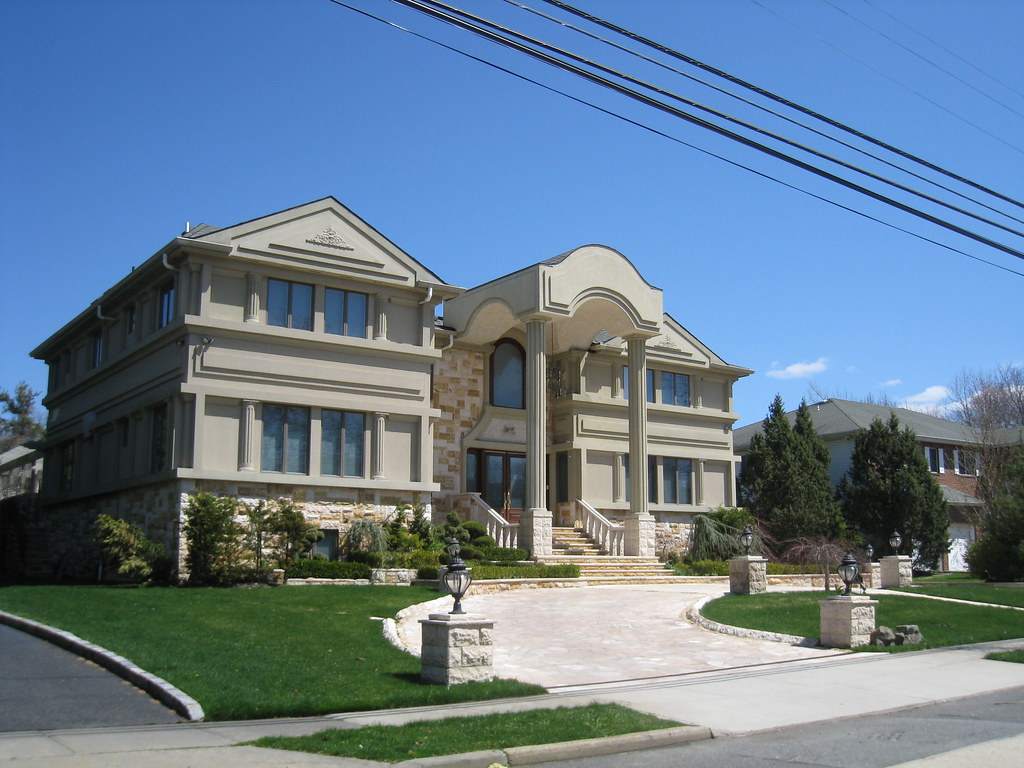
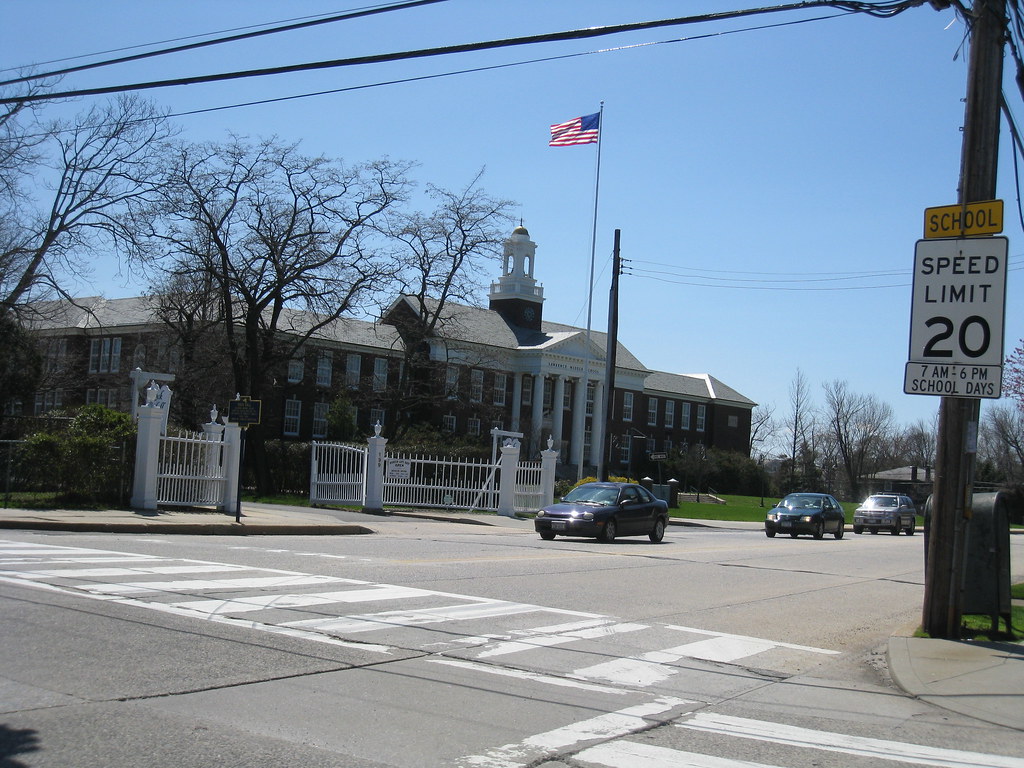



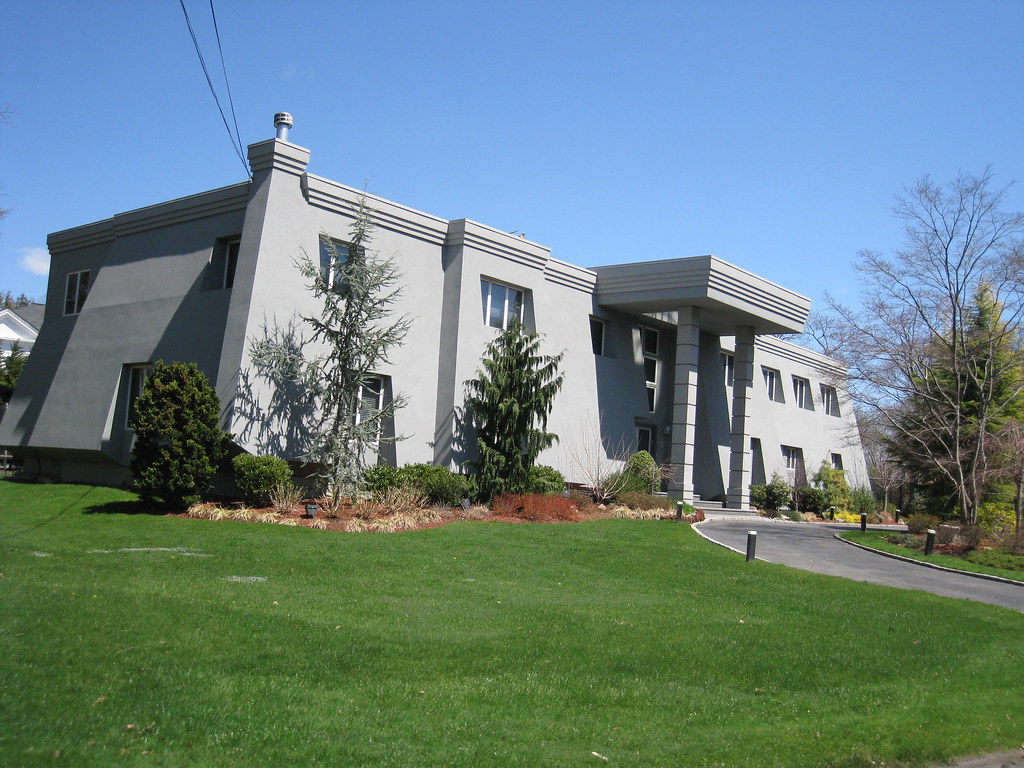 Cedarhurst wasn’t incorporated into the Five towns until the early years of the 20th century. Cedarhurst was home to a wealthy class of entrepreneurs who enjoyed the luxury of telephone systems, paved roads, fire departments and electric connections before most areas of Long Island could. The town grew a significant population which boasted the Play house theater, Cedarhurst meat market and elegant boutiques. The town also housed several members of the KKK who rioted in the 20’s during a world war one memorial. The KKK died down after the 1920’s nationwide and members who lived in Cedarhurst alienated themselves from the affluent community and were never heard of in the area again. Instead during the white flight years, wealthy and middle class New York Jews moved into the area and dominate Cedarhurst by nearly 100% today.
Cedarhurst wasn’t incorporated into the Five towns until the early years of the 20th century. Cedarhurst was home to a wealthy class of entrepreneurs who enjoyed the luxury of telephone systems, paved roads, fire departments and electric connections before most areas of Long Island could. The town grew a significant population which boasted the Play house theater, Cedarhurst meat market and elegant boutiques. The town also housed several members of the KKK who rioted in the 20’s during a world war one memorial. The KKK died down after the 1920’s nationwide and members who lived in Cedarhurst alienated themselves from the affluent community and were never heard of in the area again. Instead during the white flight years, wealthy and middle class New York Jews moved into the area and dominate Cedarhurst by nearly 100% today.
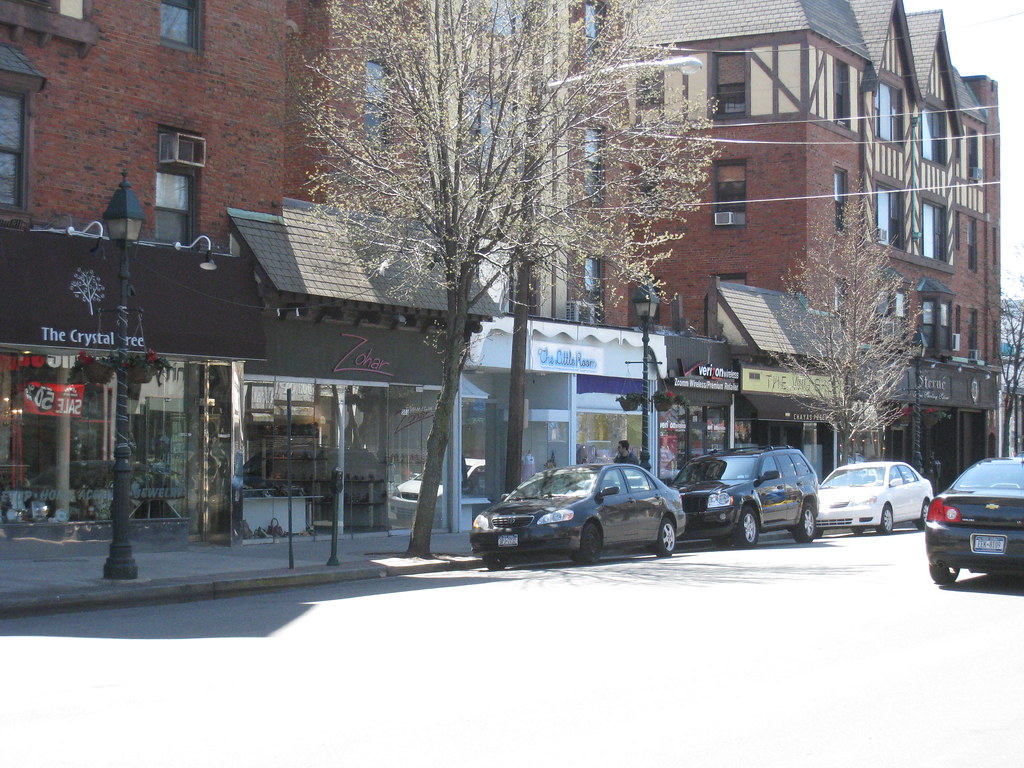
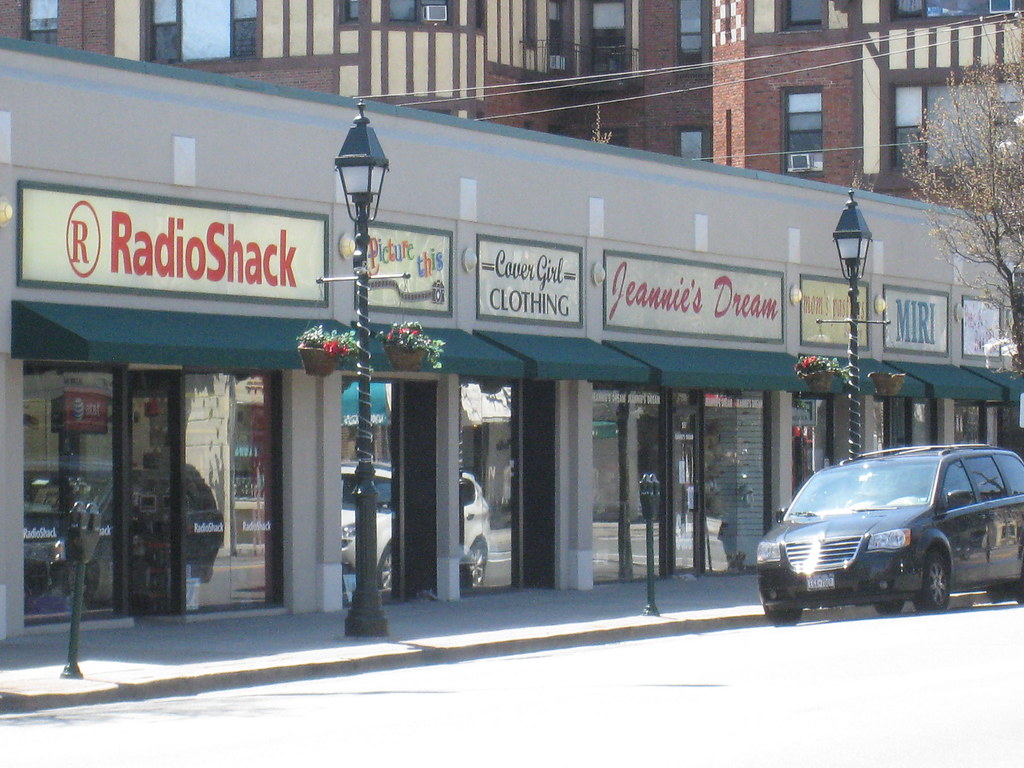
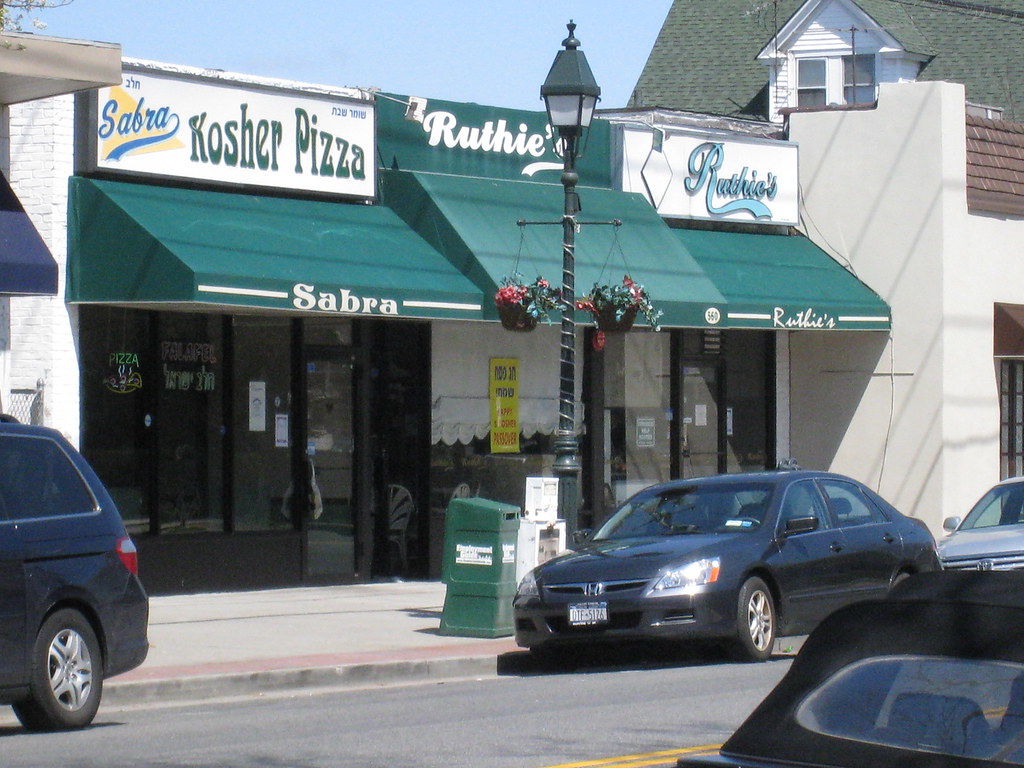
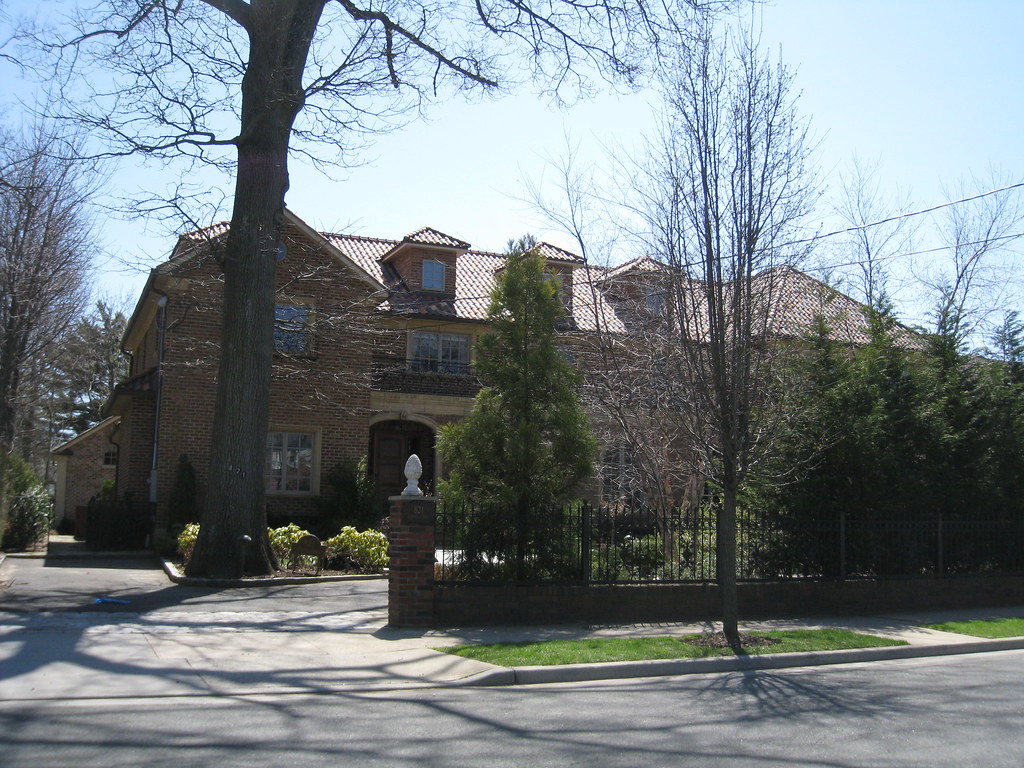

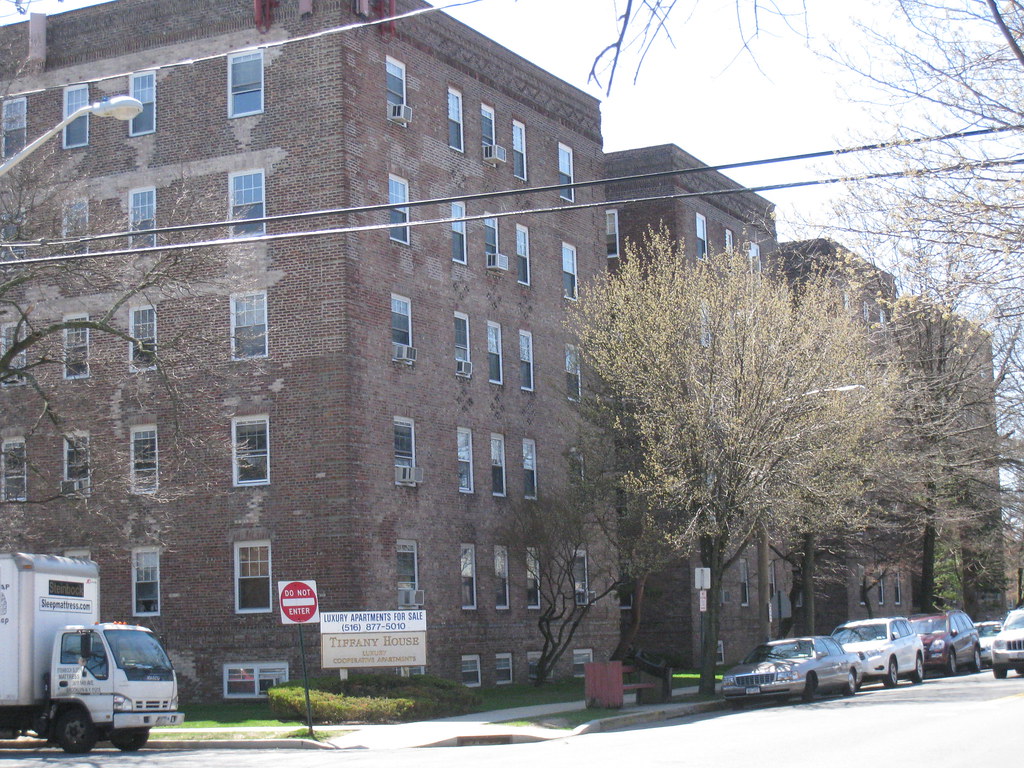
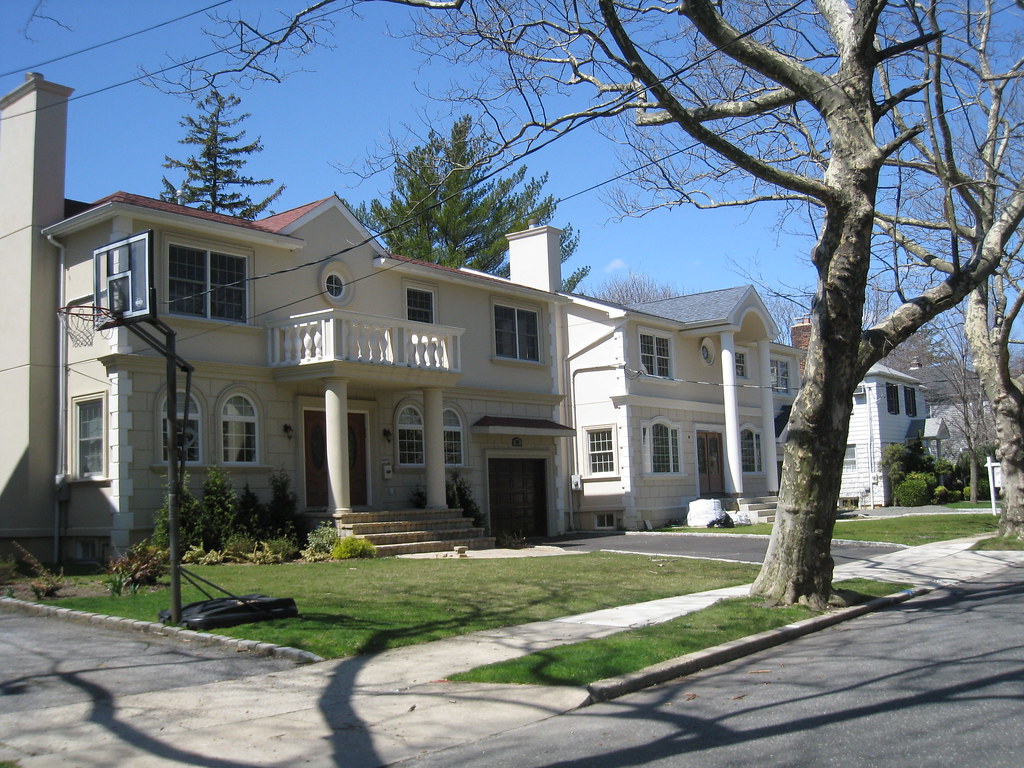
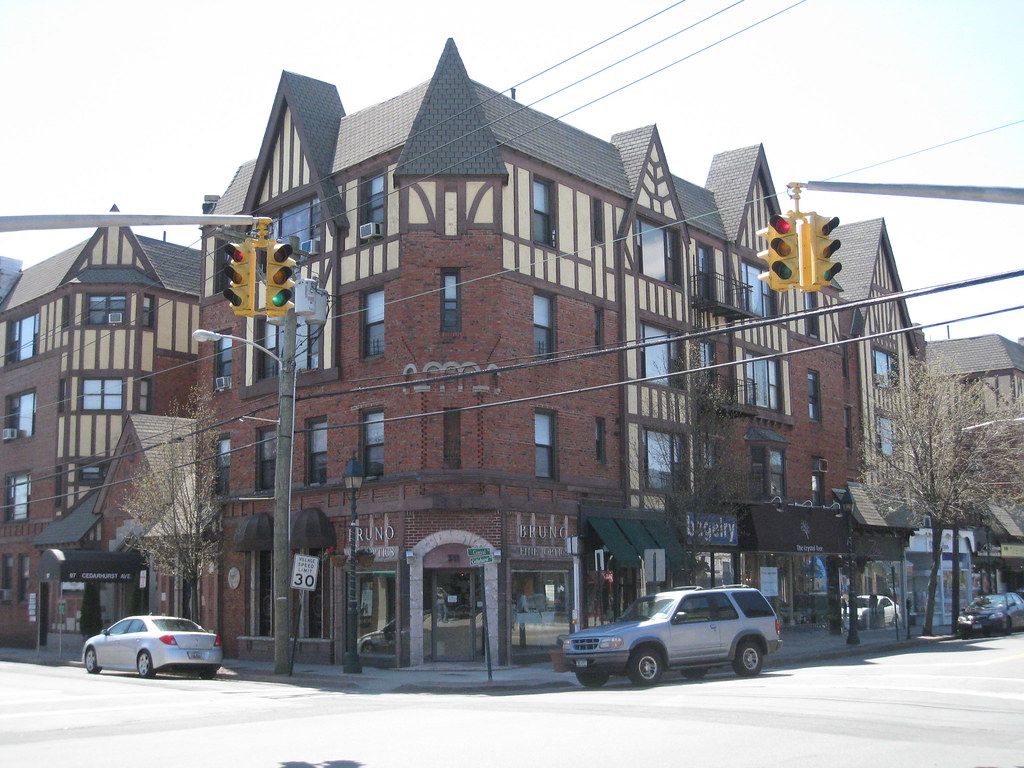
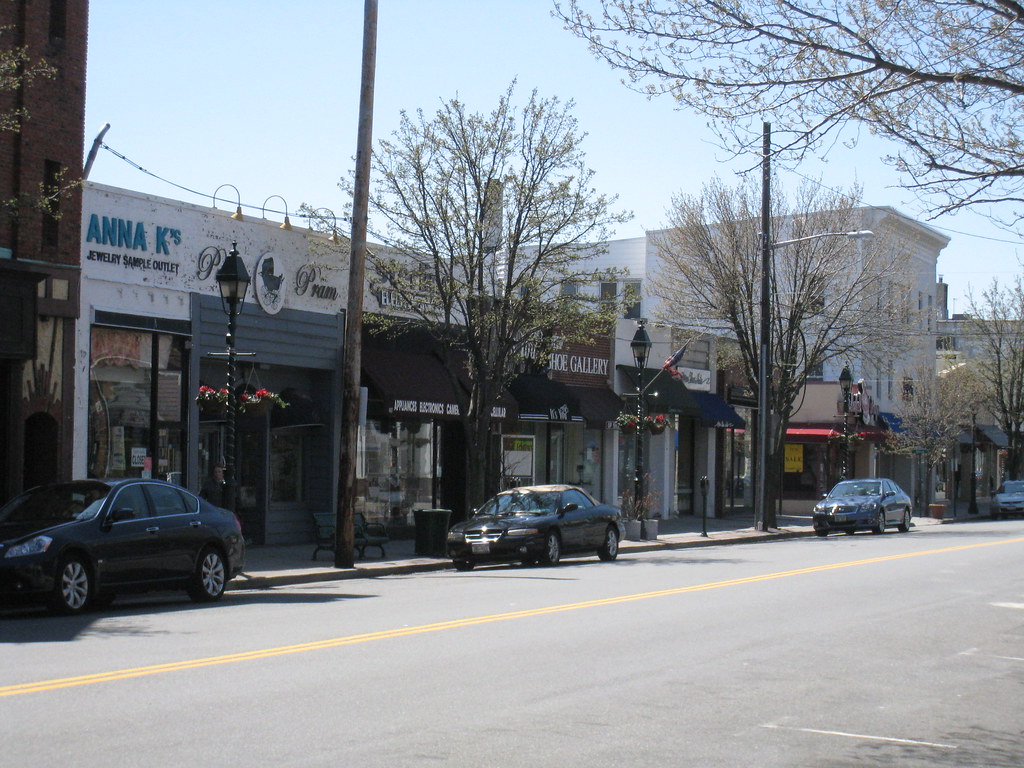


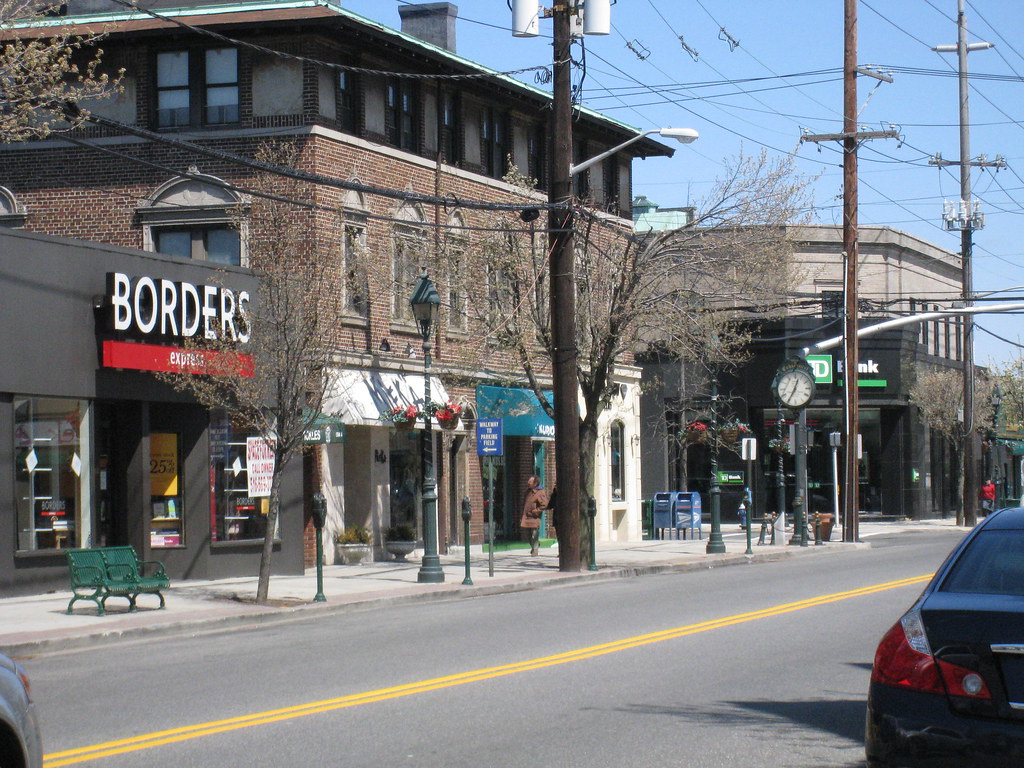

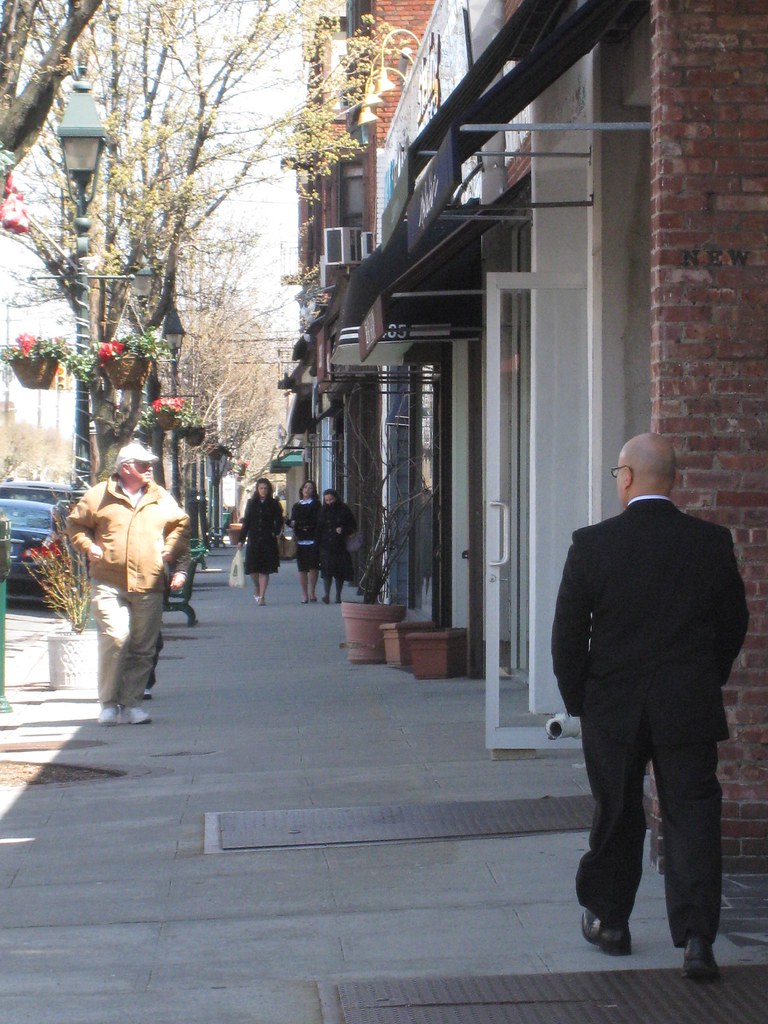
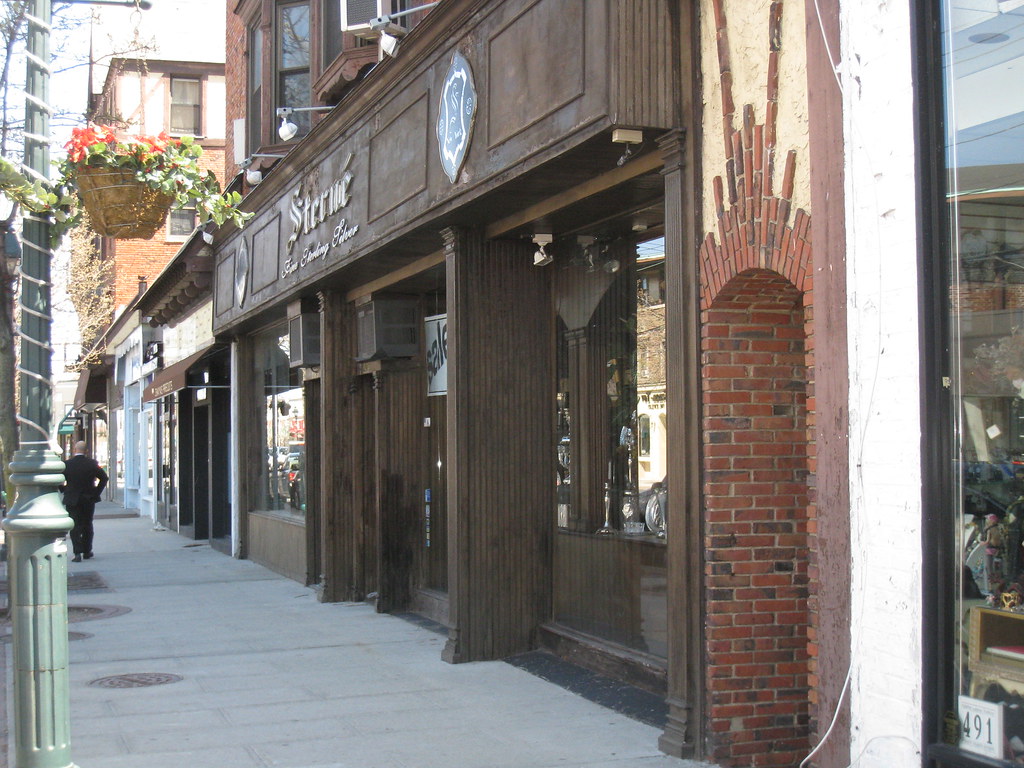


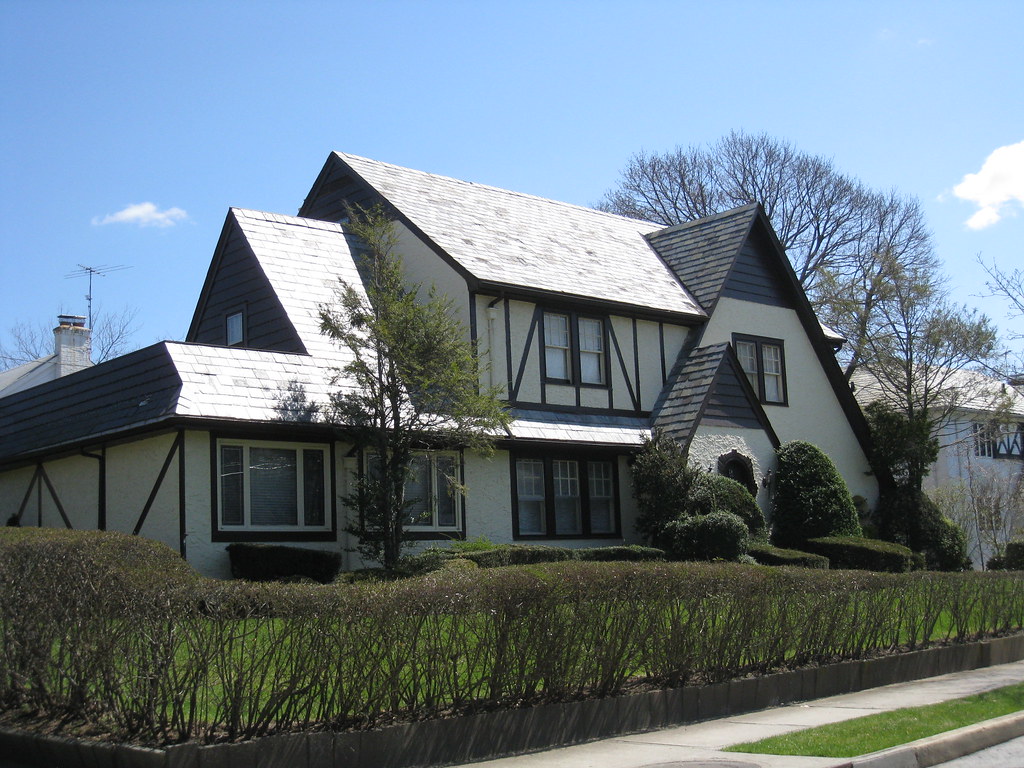


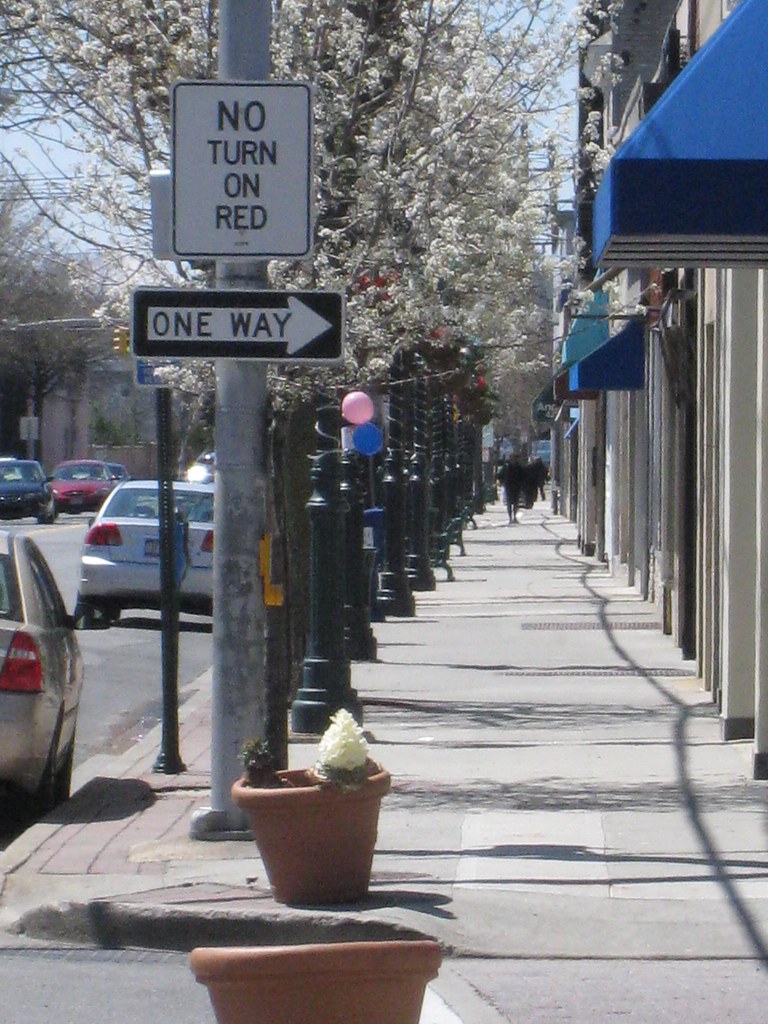 Inwood was established in the early 19th century and after the railroad was introduced opened up to industry and a booming industrious population. Italians began moving into the area in droves in the early years of the 20th century in fact it is the only one of the Five Towns not dominated by a Jewish population, Italians still exist in Inwood today, however the neighborhood opened up to Hispanics and African Americans during the 1990’s.
Inwood was established in the early 19th century and after the railroad was introduced opened up to industry and a booming industrious population. Italians began moving into the area in droves in the early years of the 20th century in fact it is the only one of the Five Towns not dominated by a Jewish population, Italians still exist in Inwood today, however the neighborhood opened up to Hispanics and African Americans during the 1990’s.
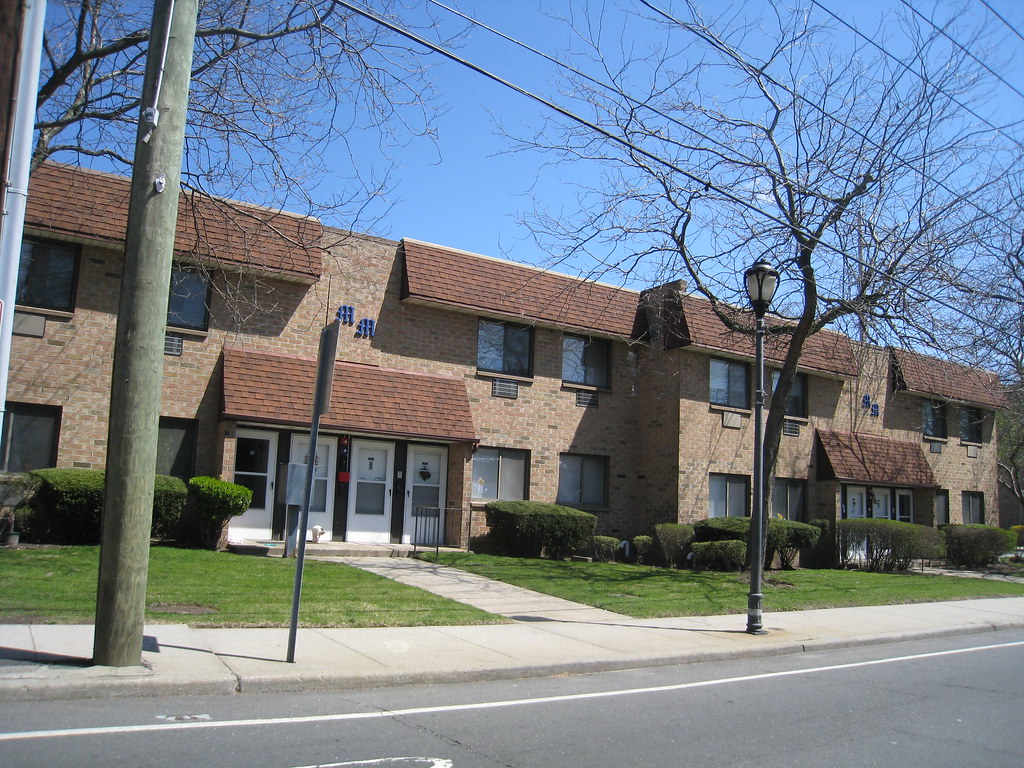


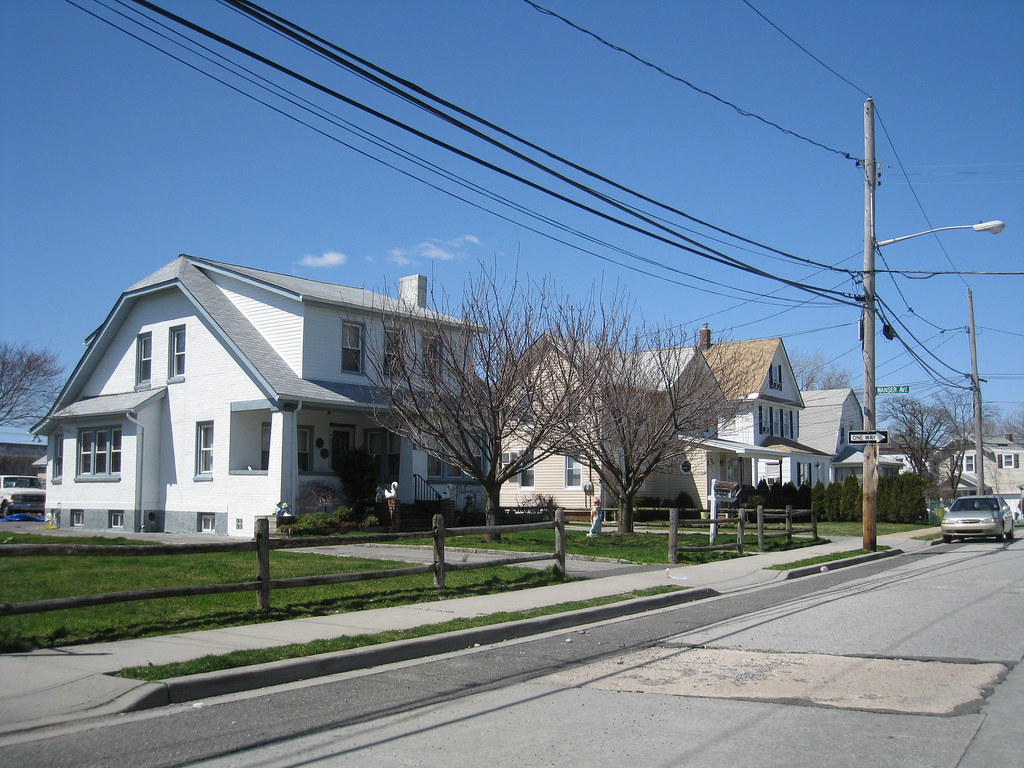


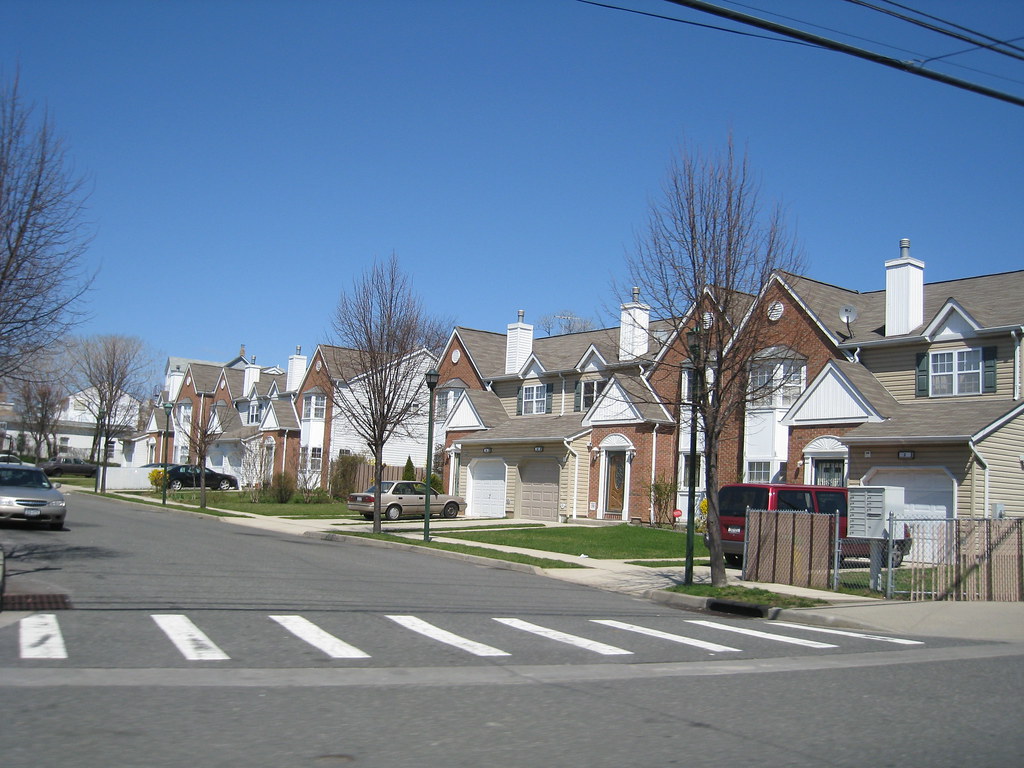

__________________
Brooklyn: The Motherland.
|



